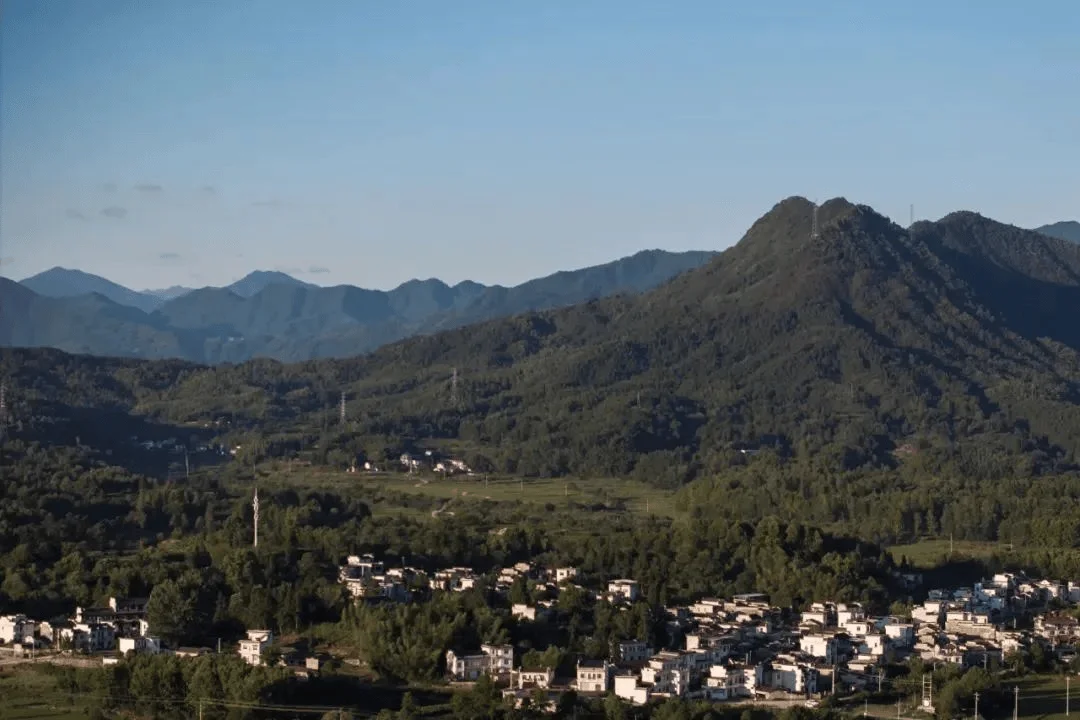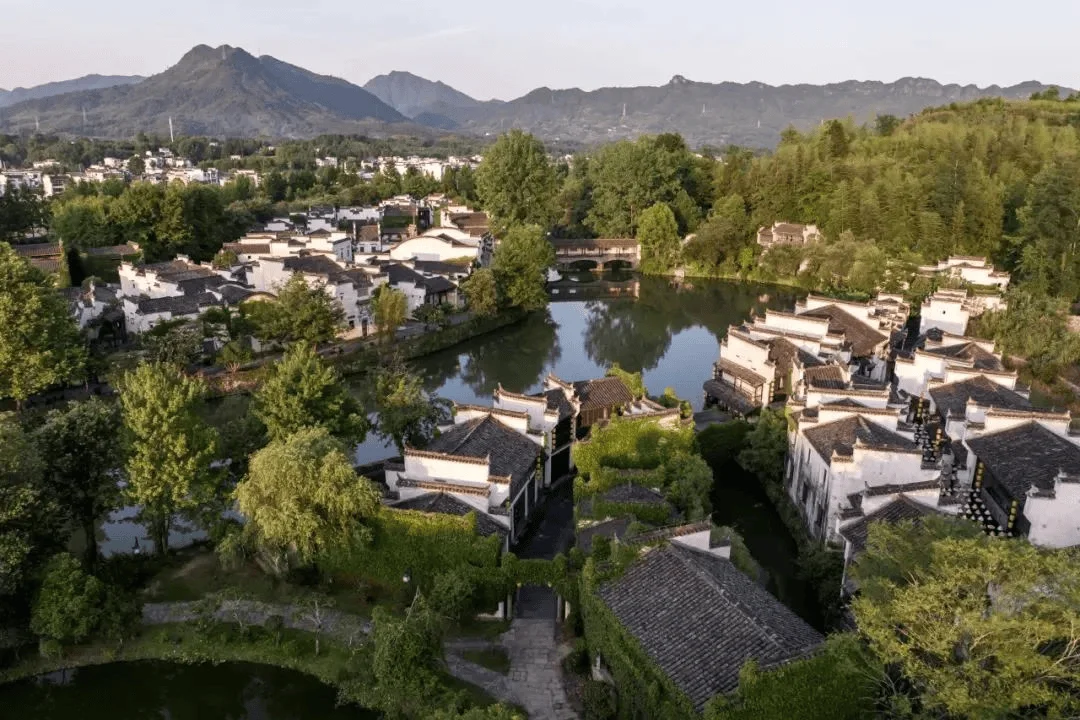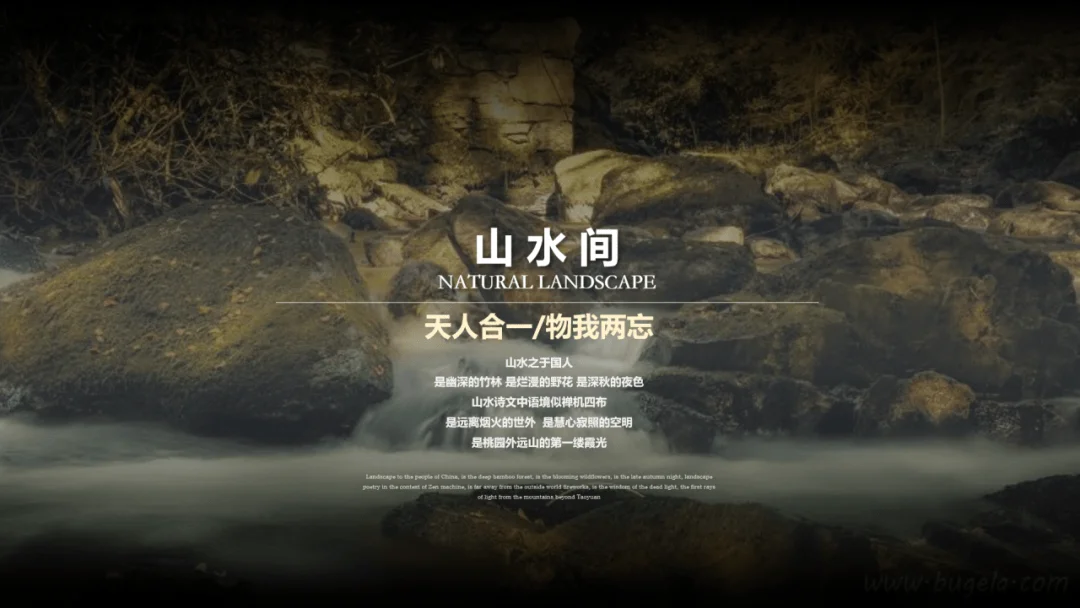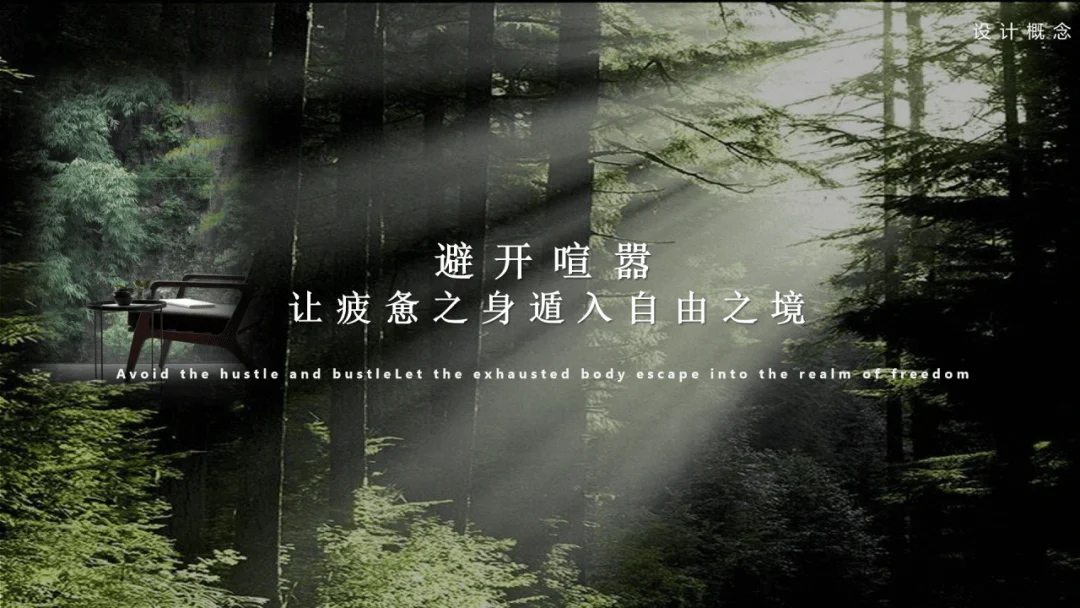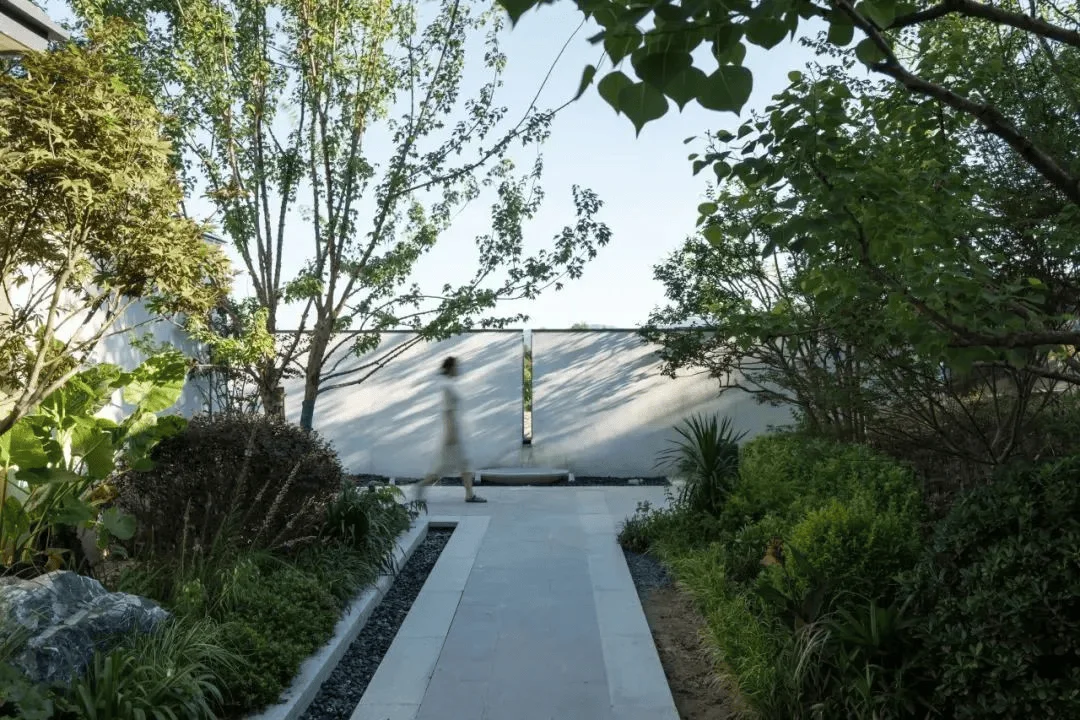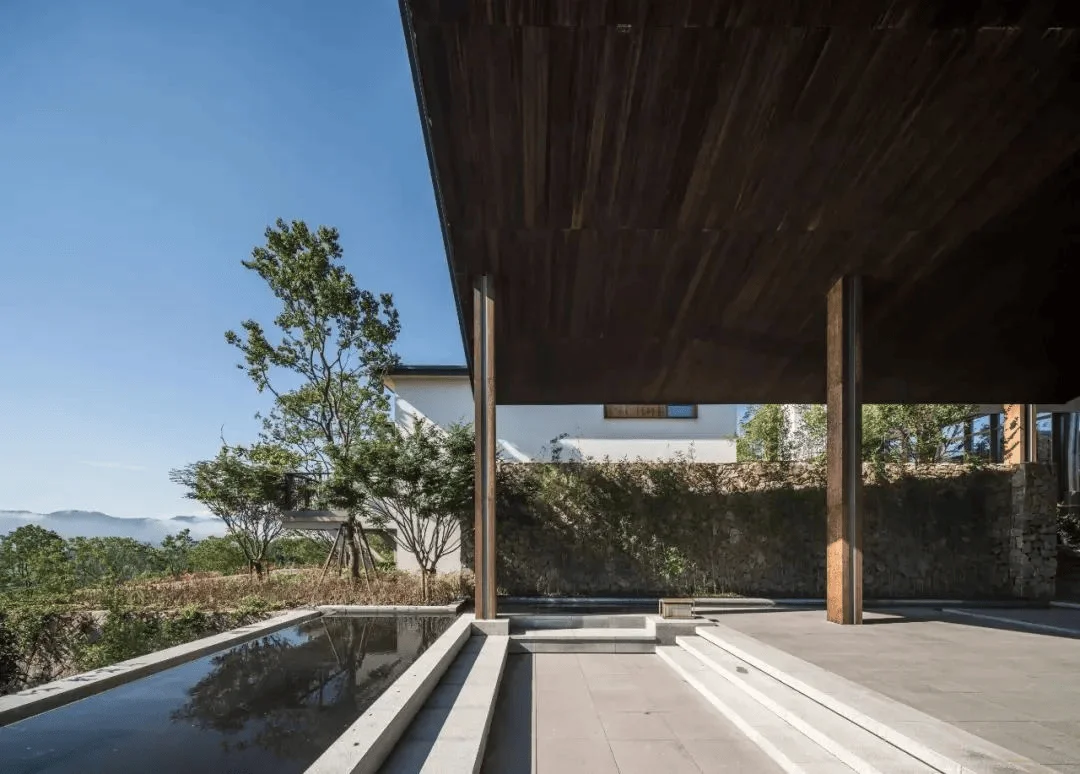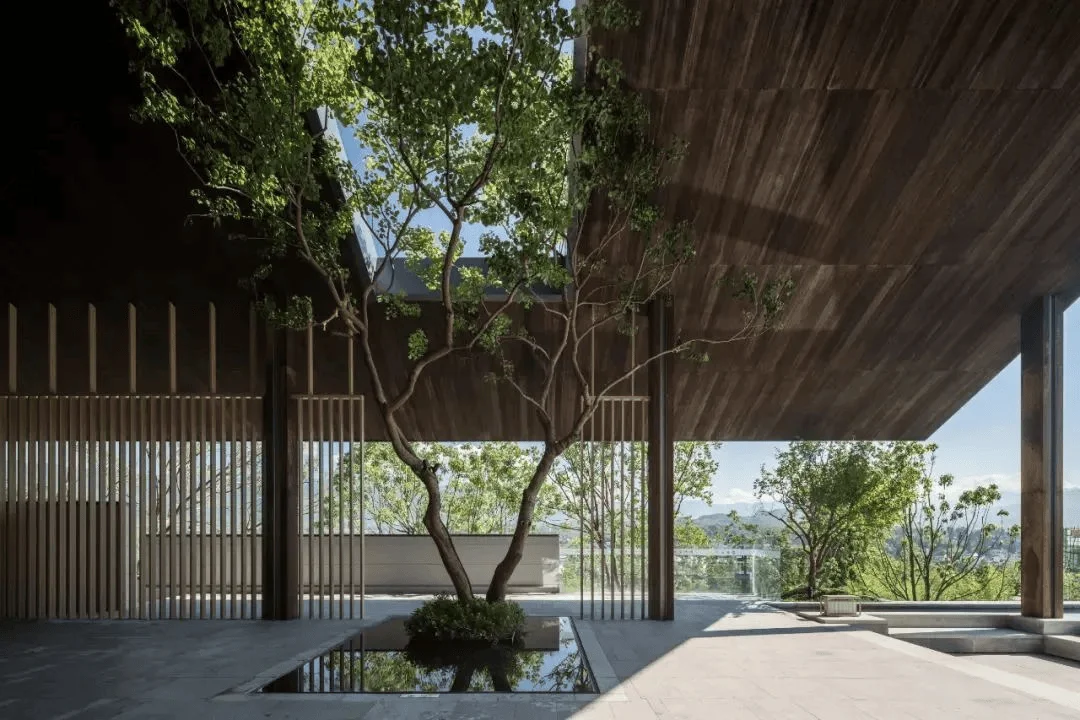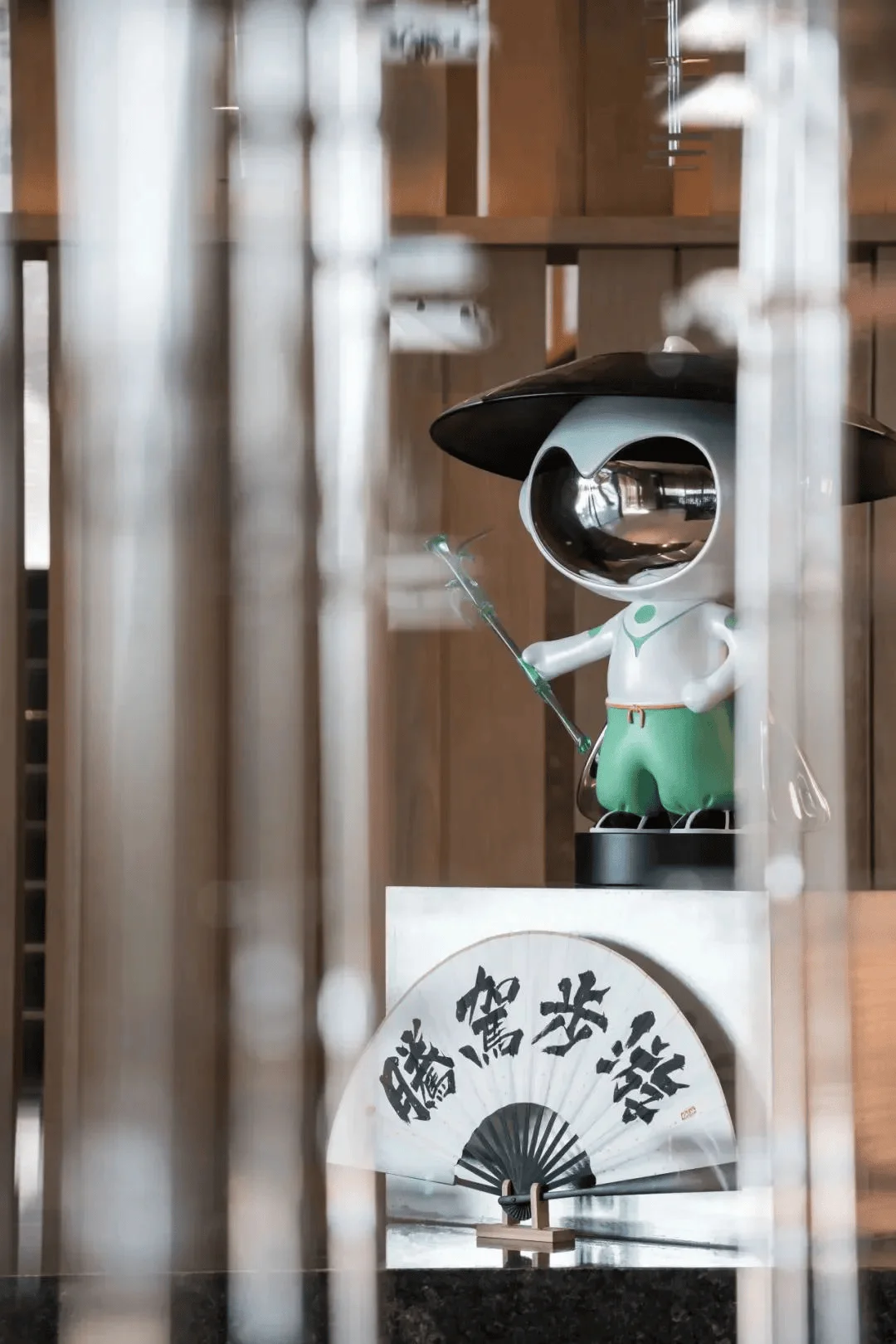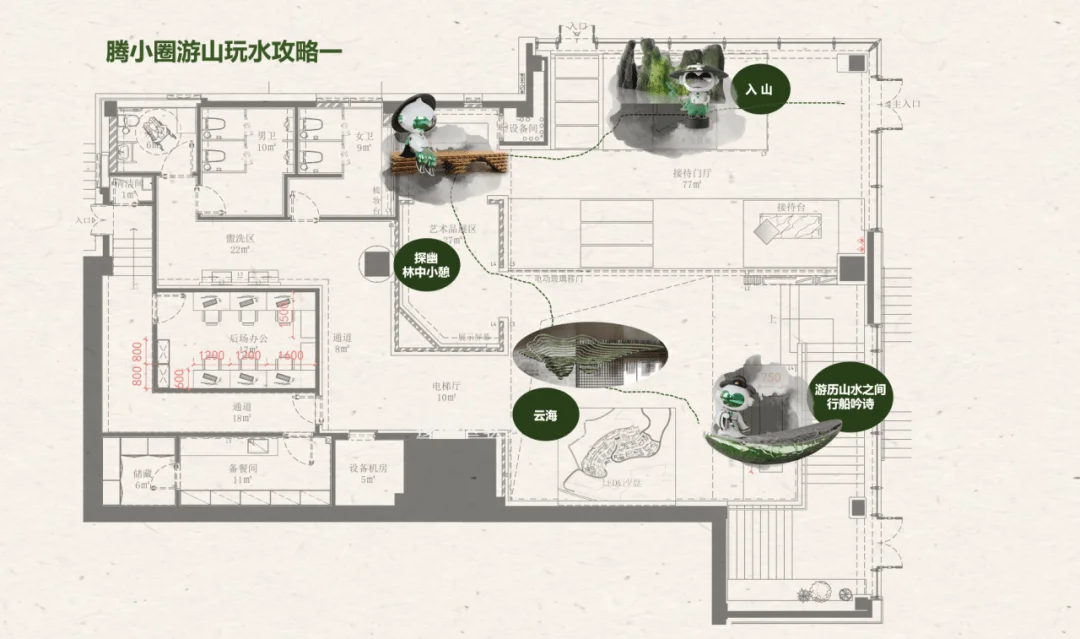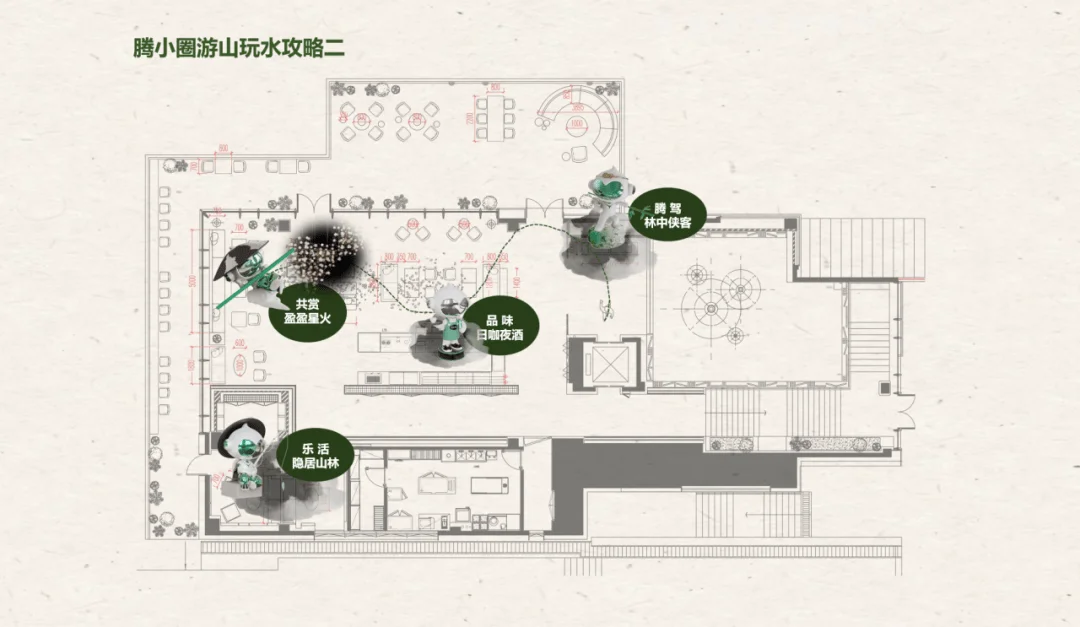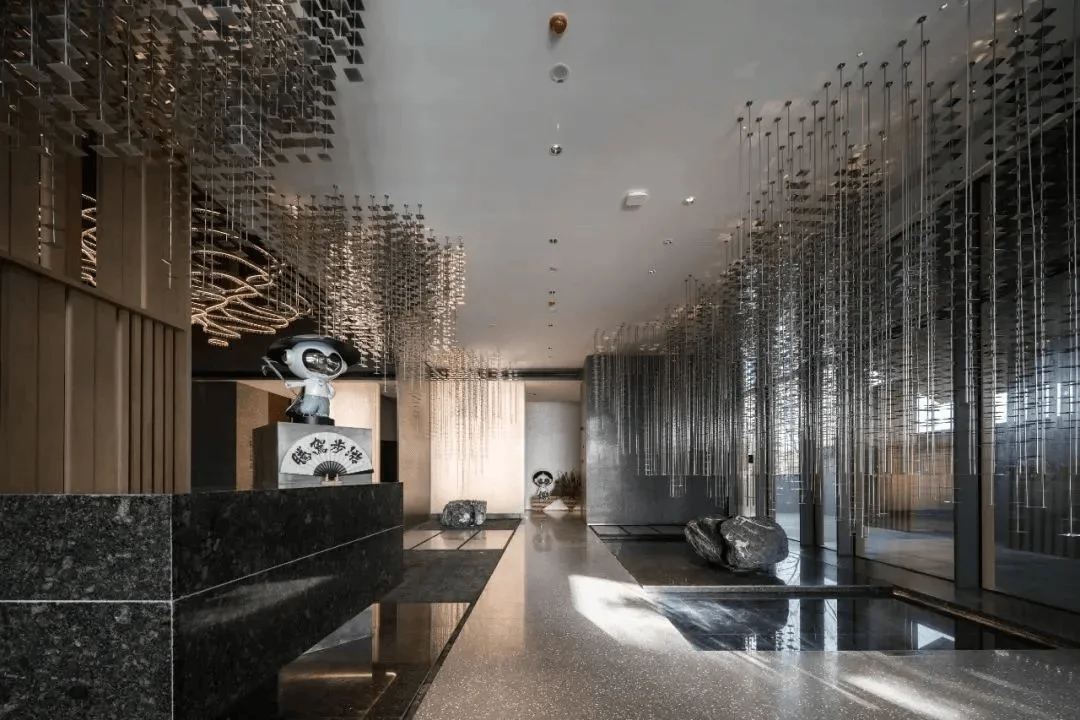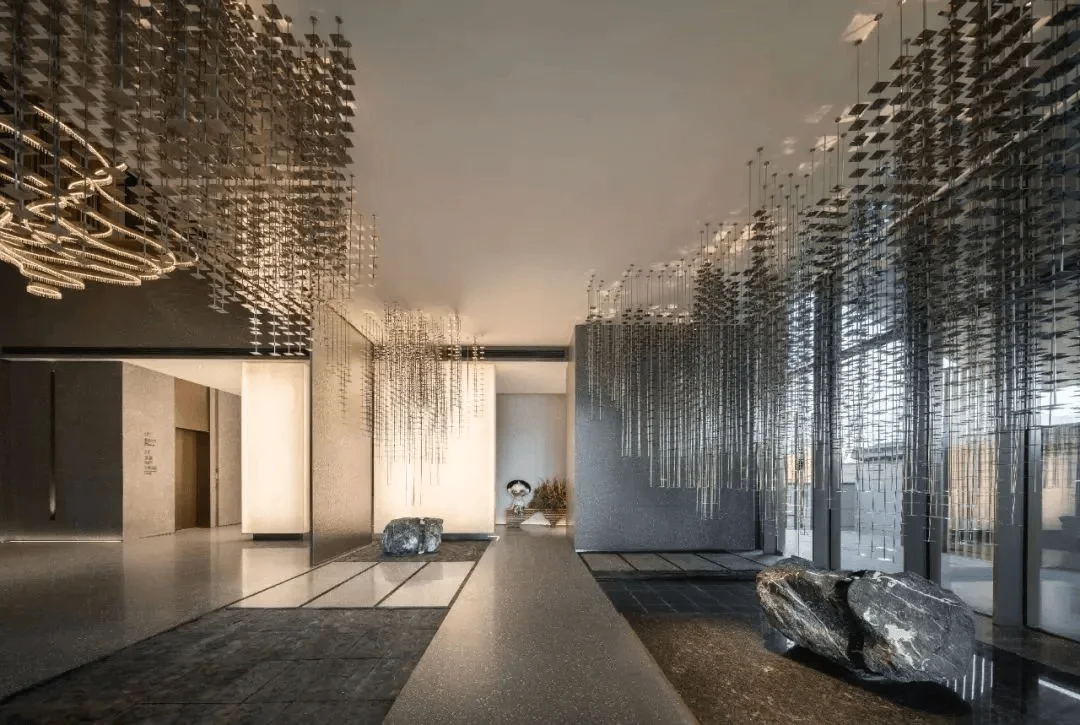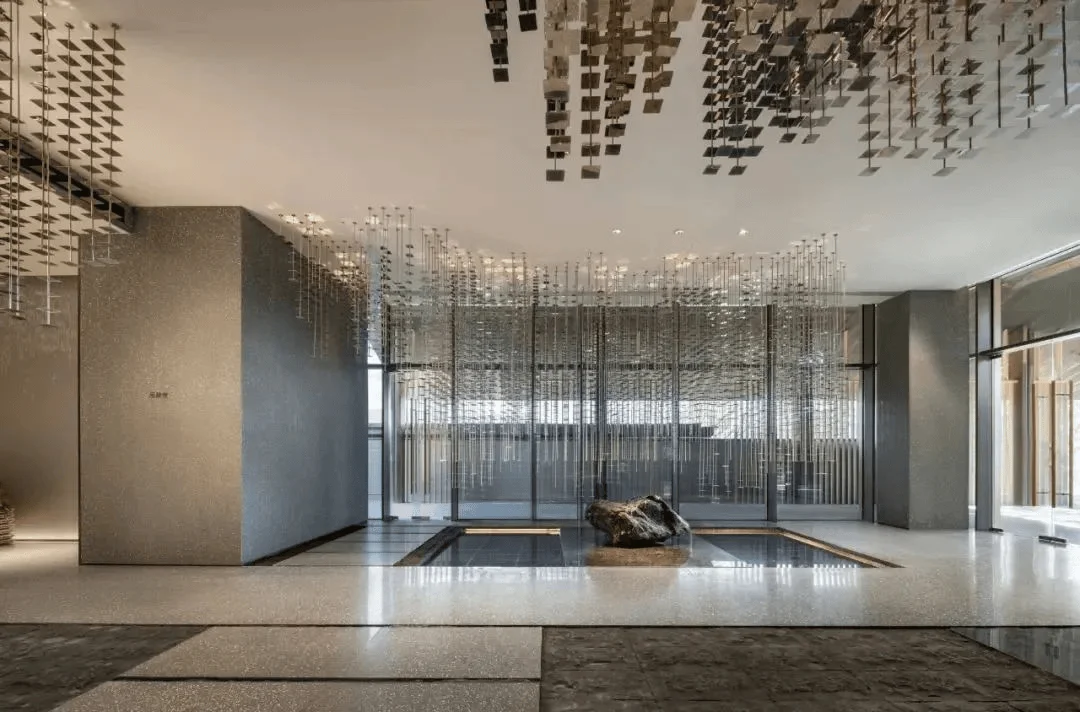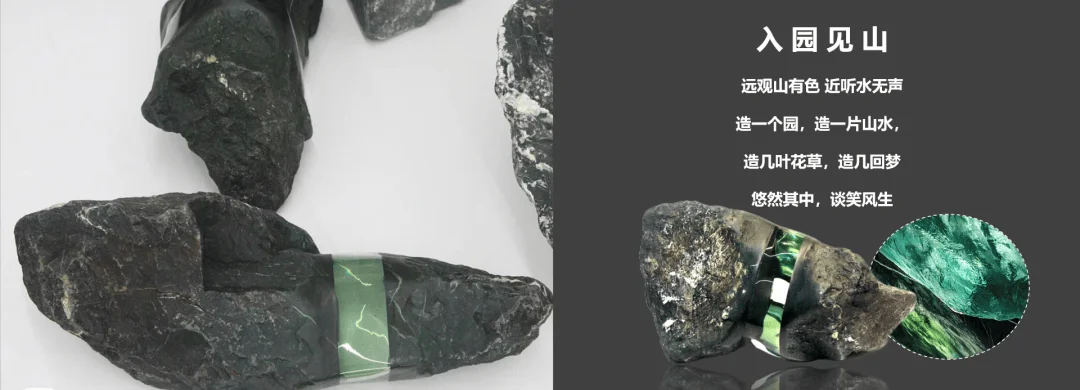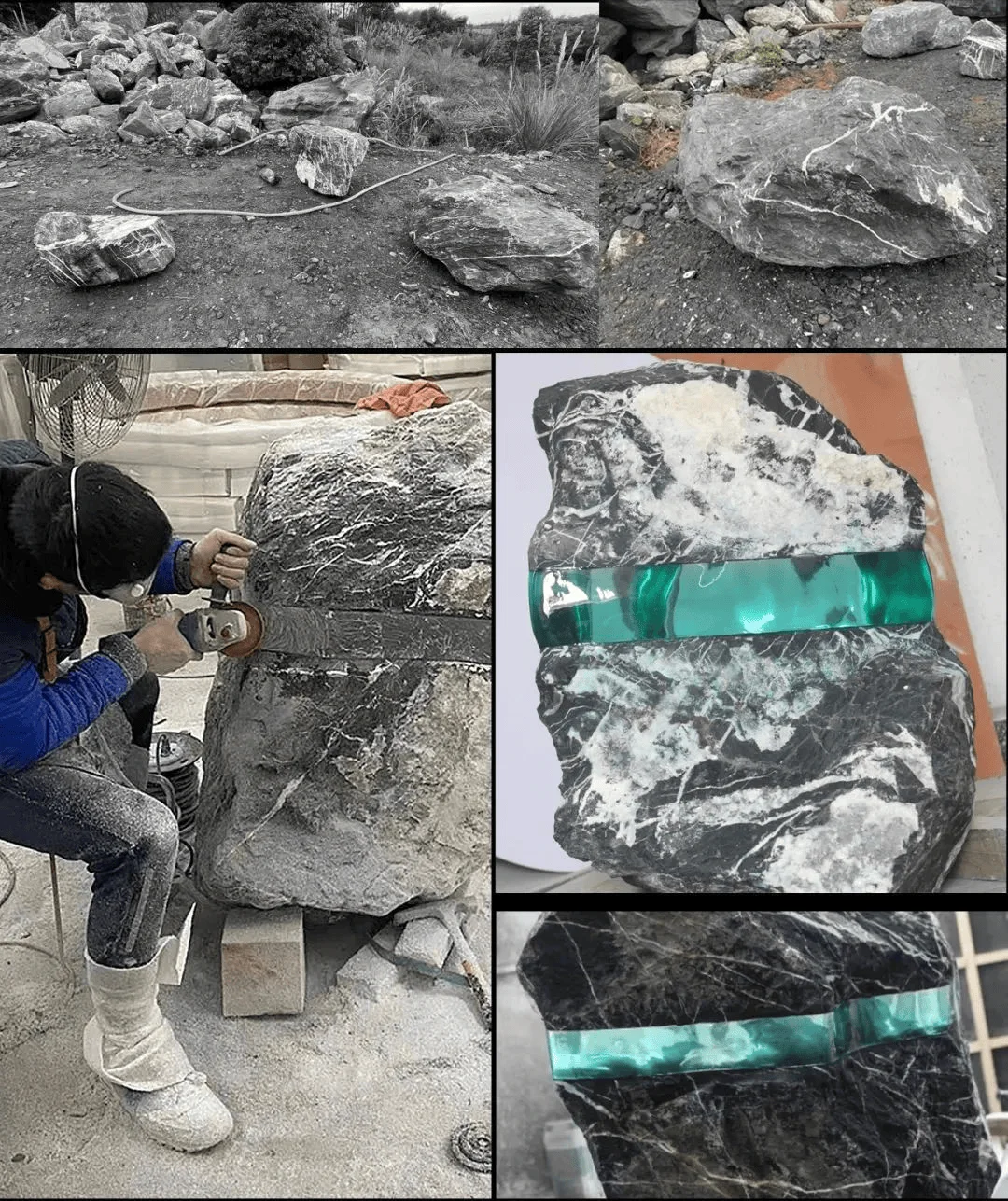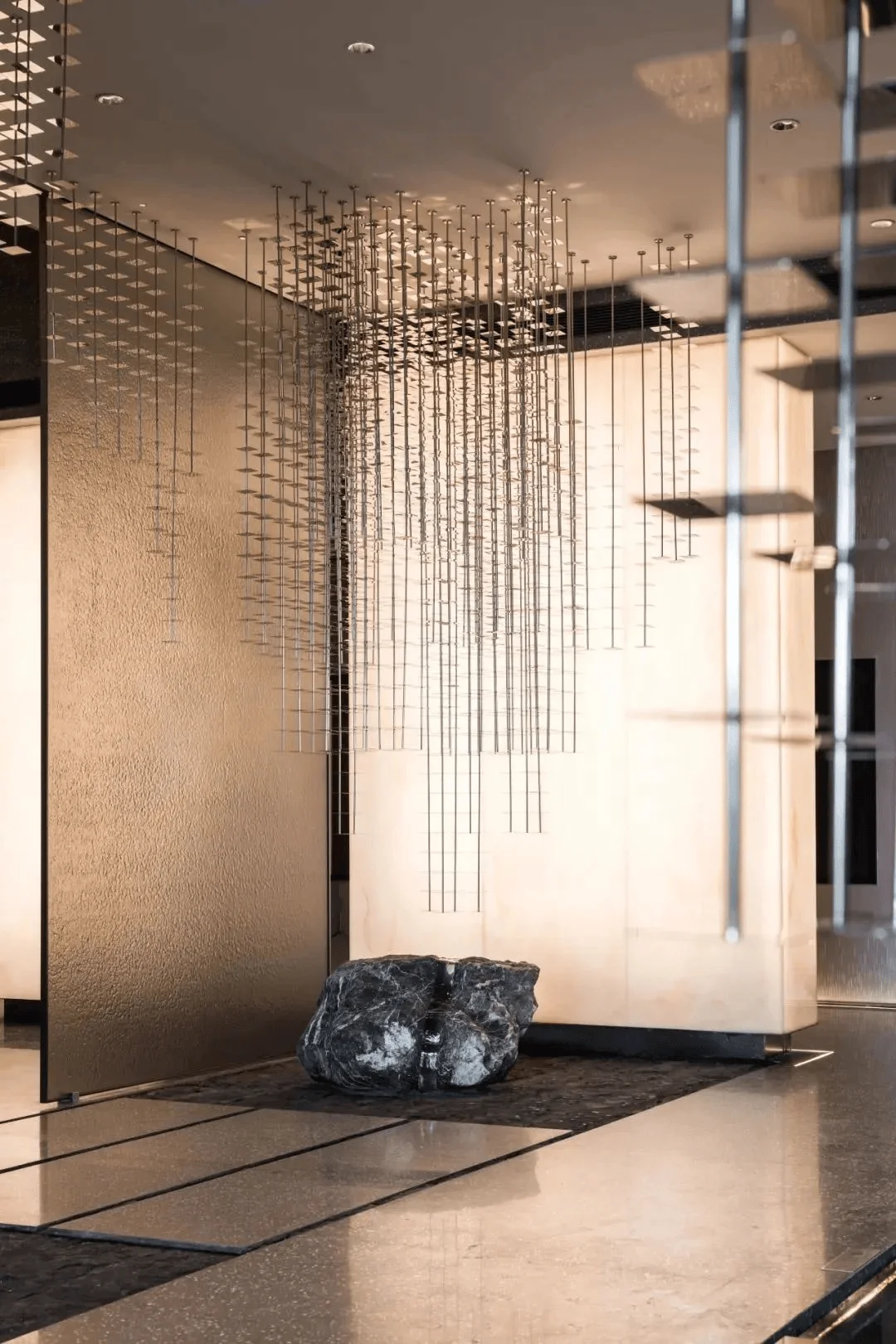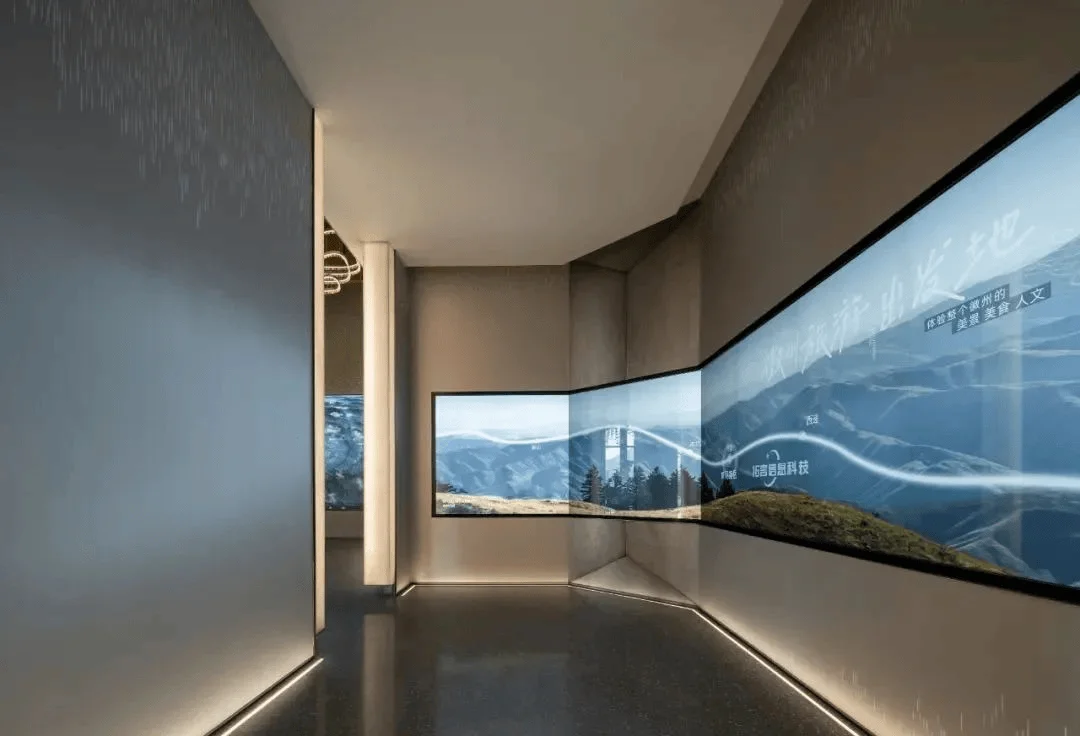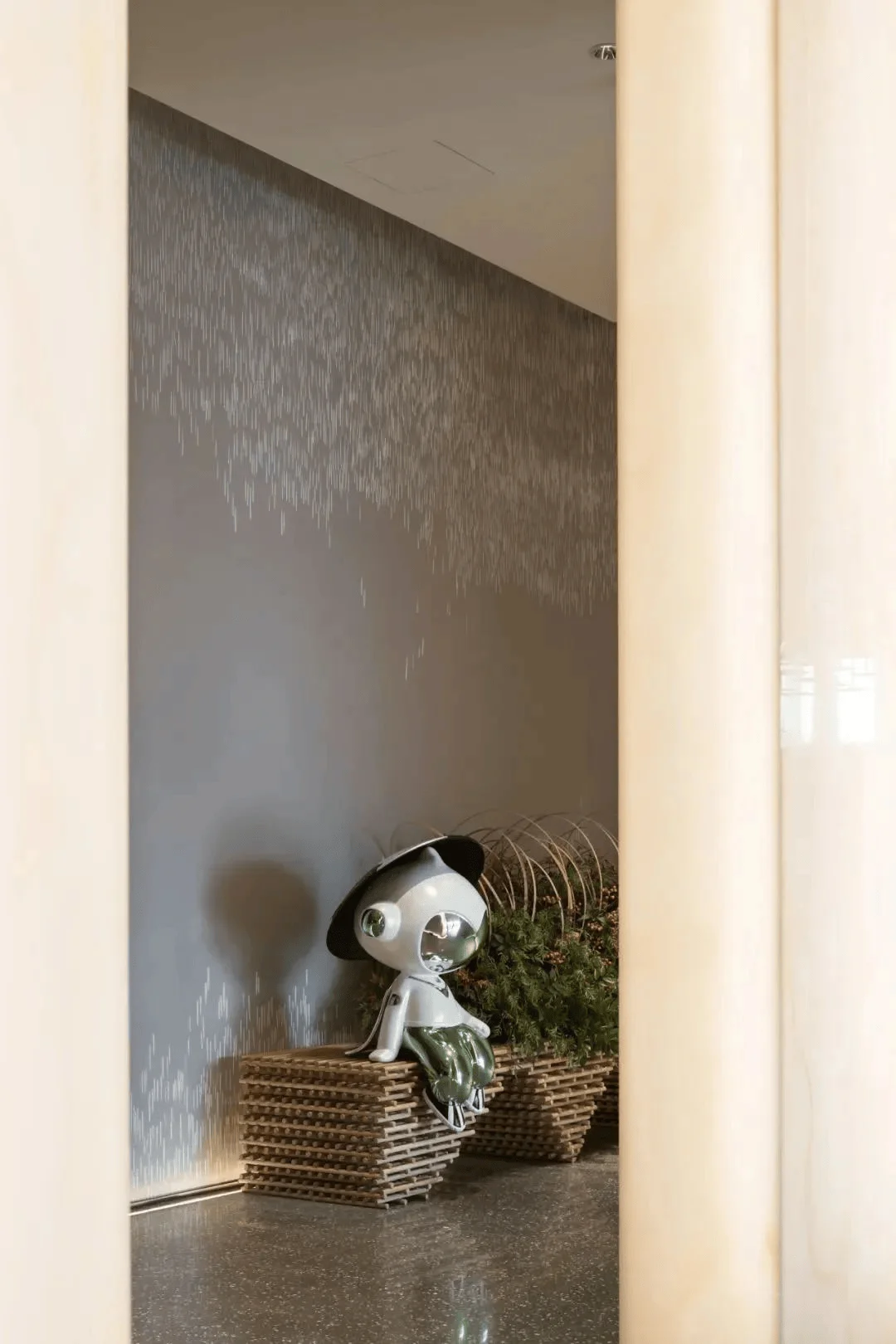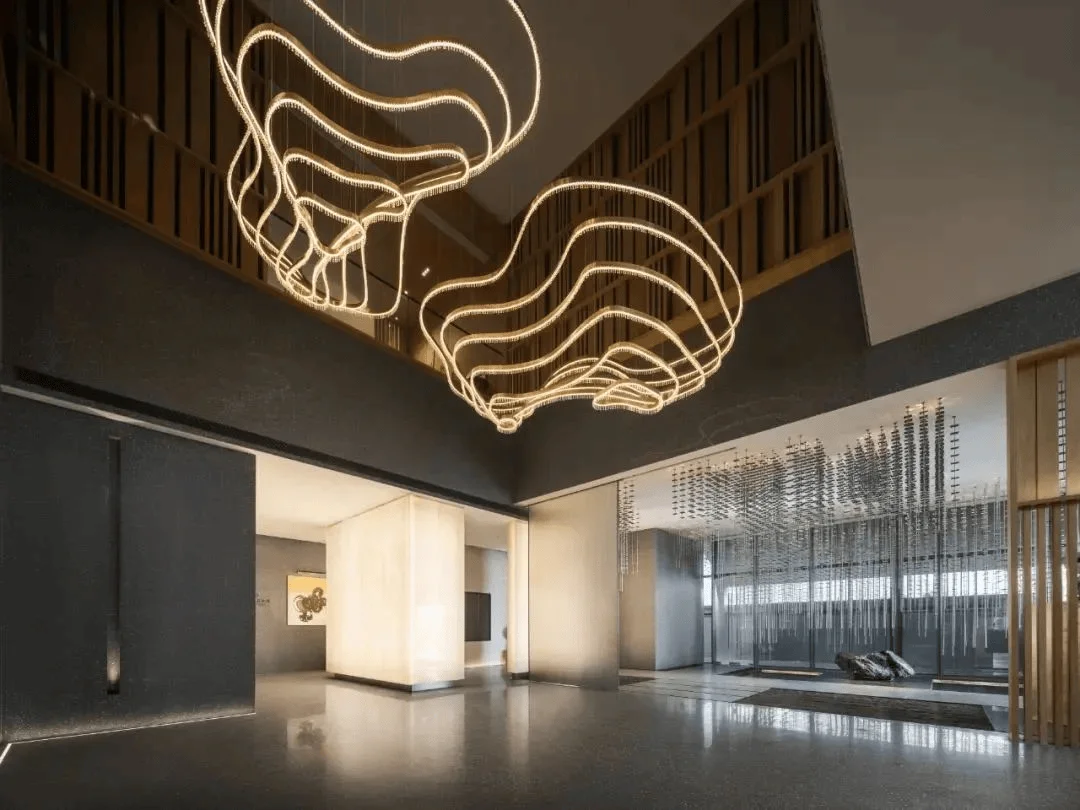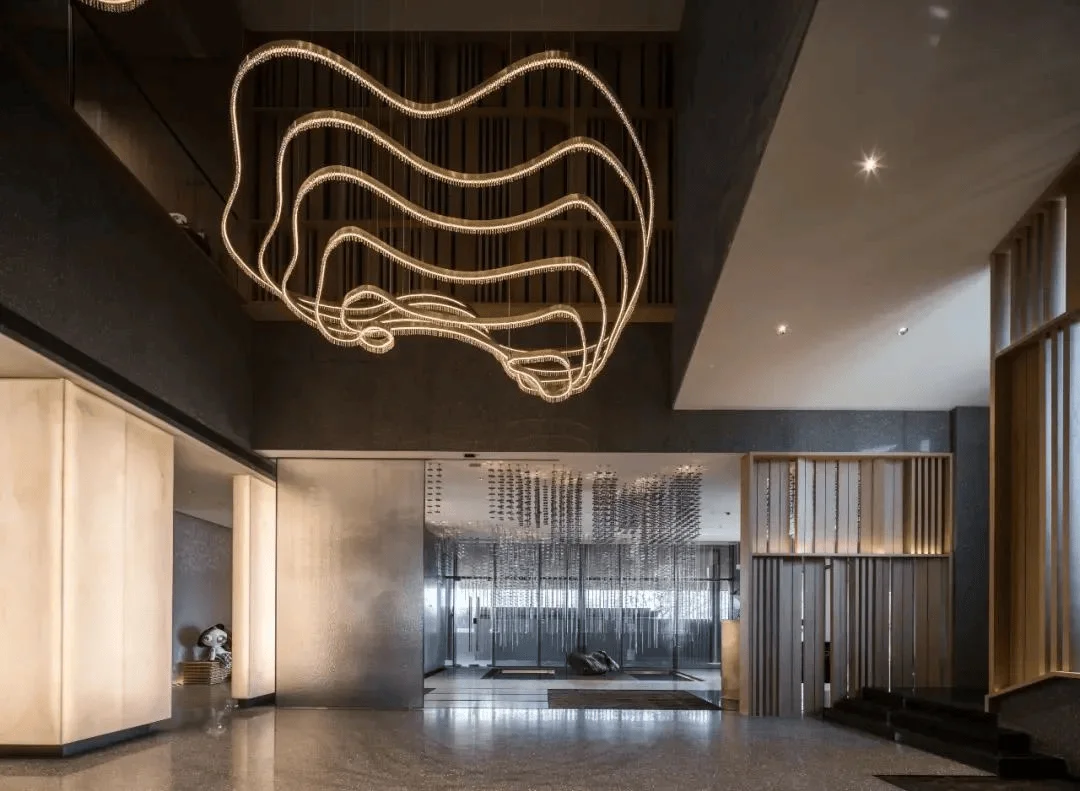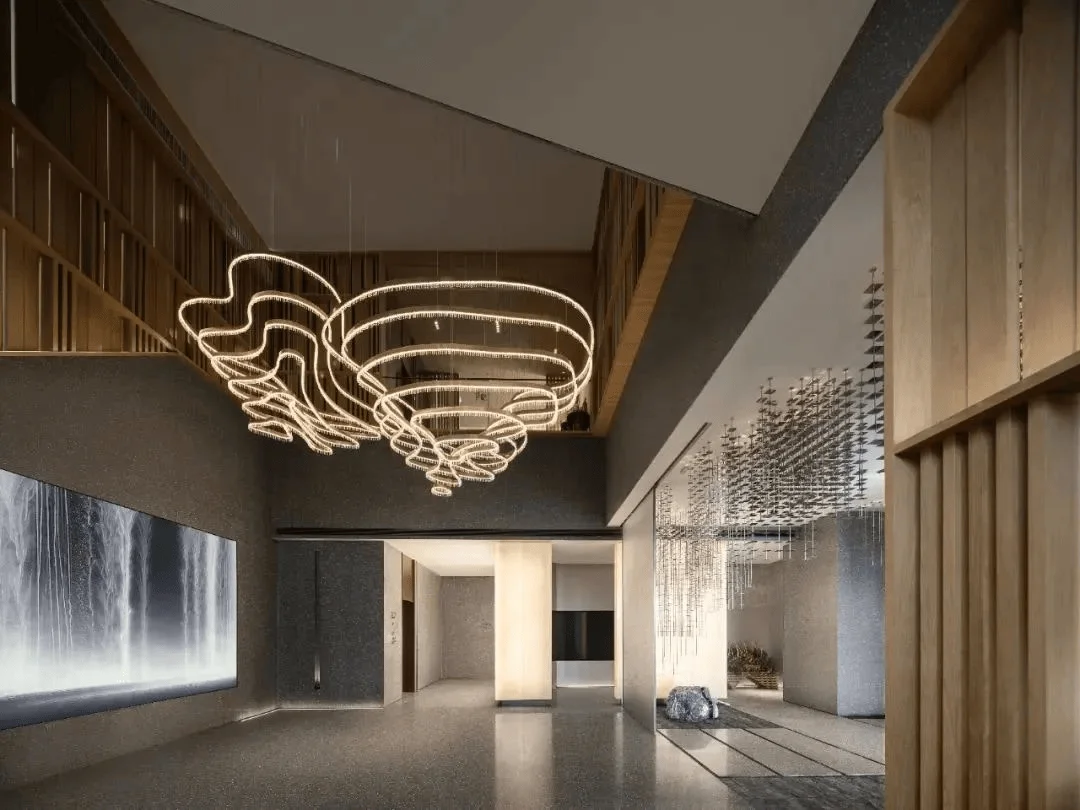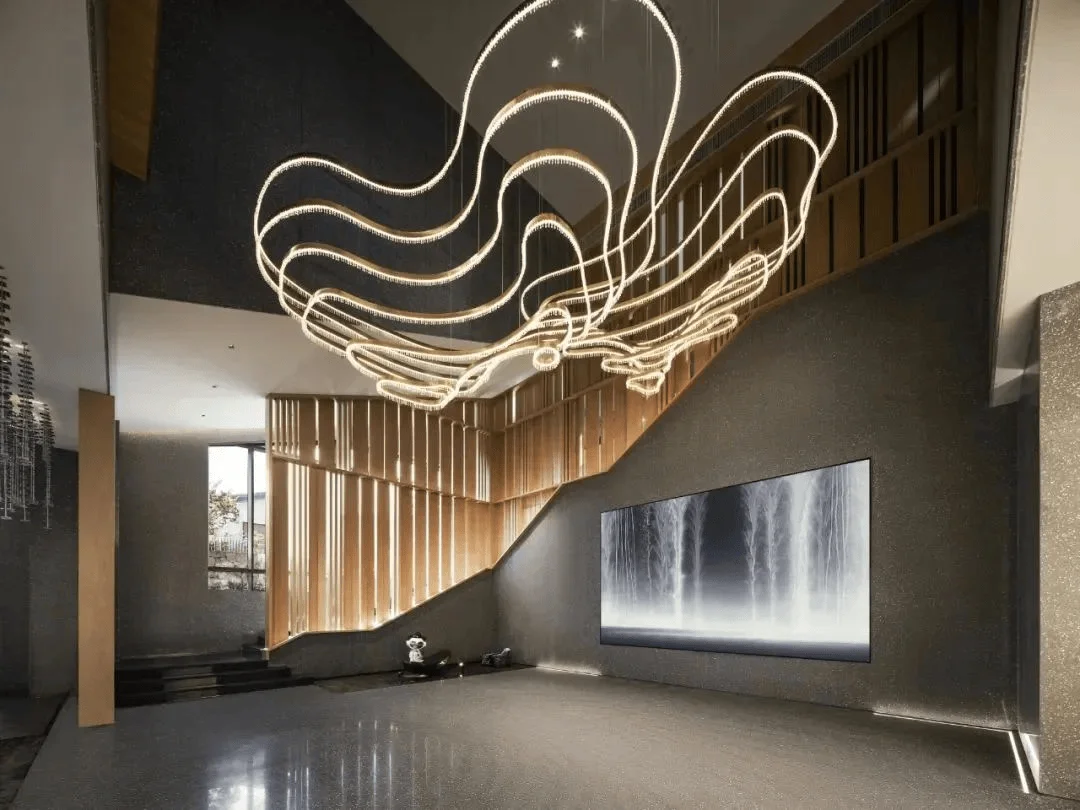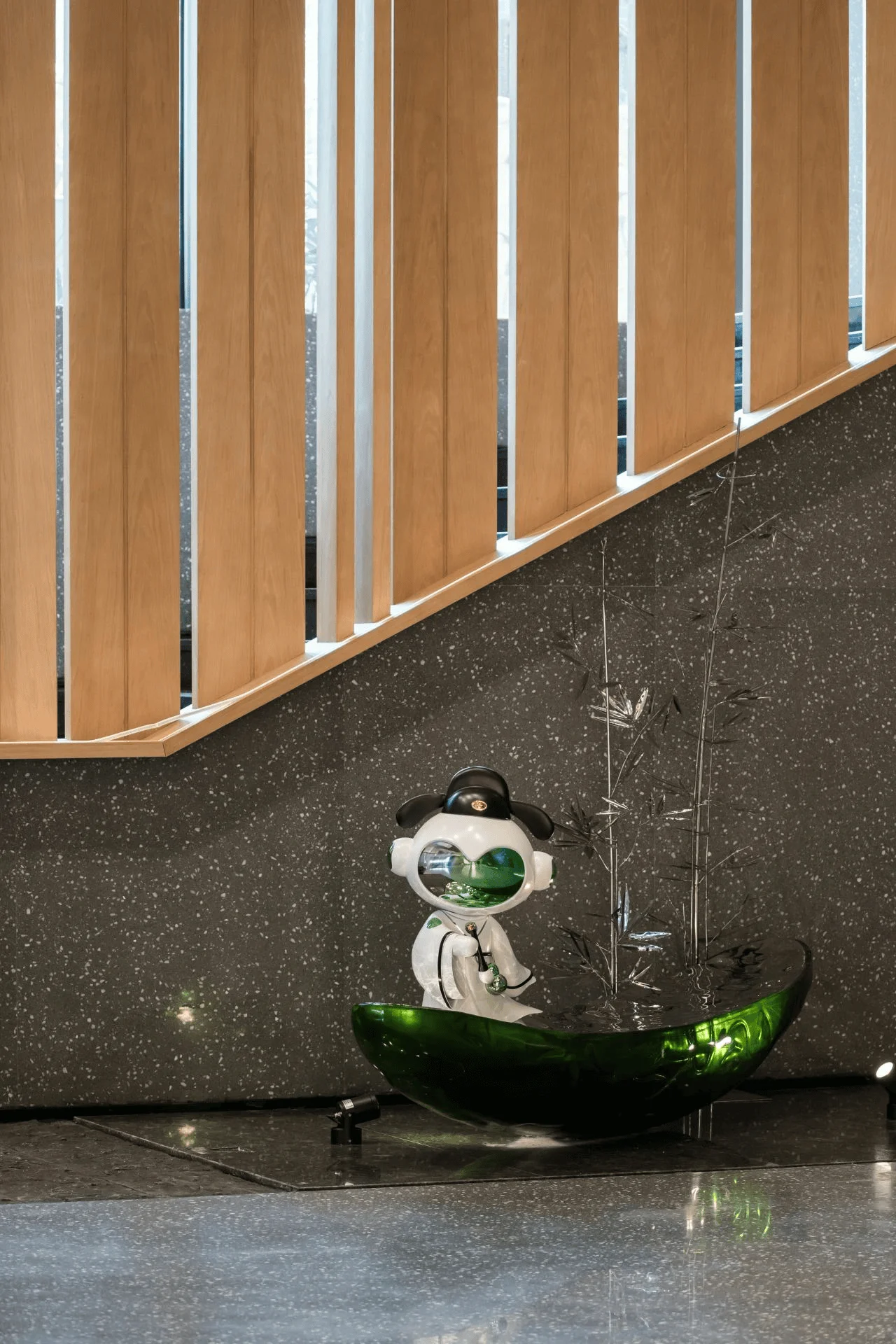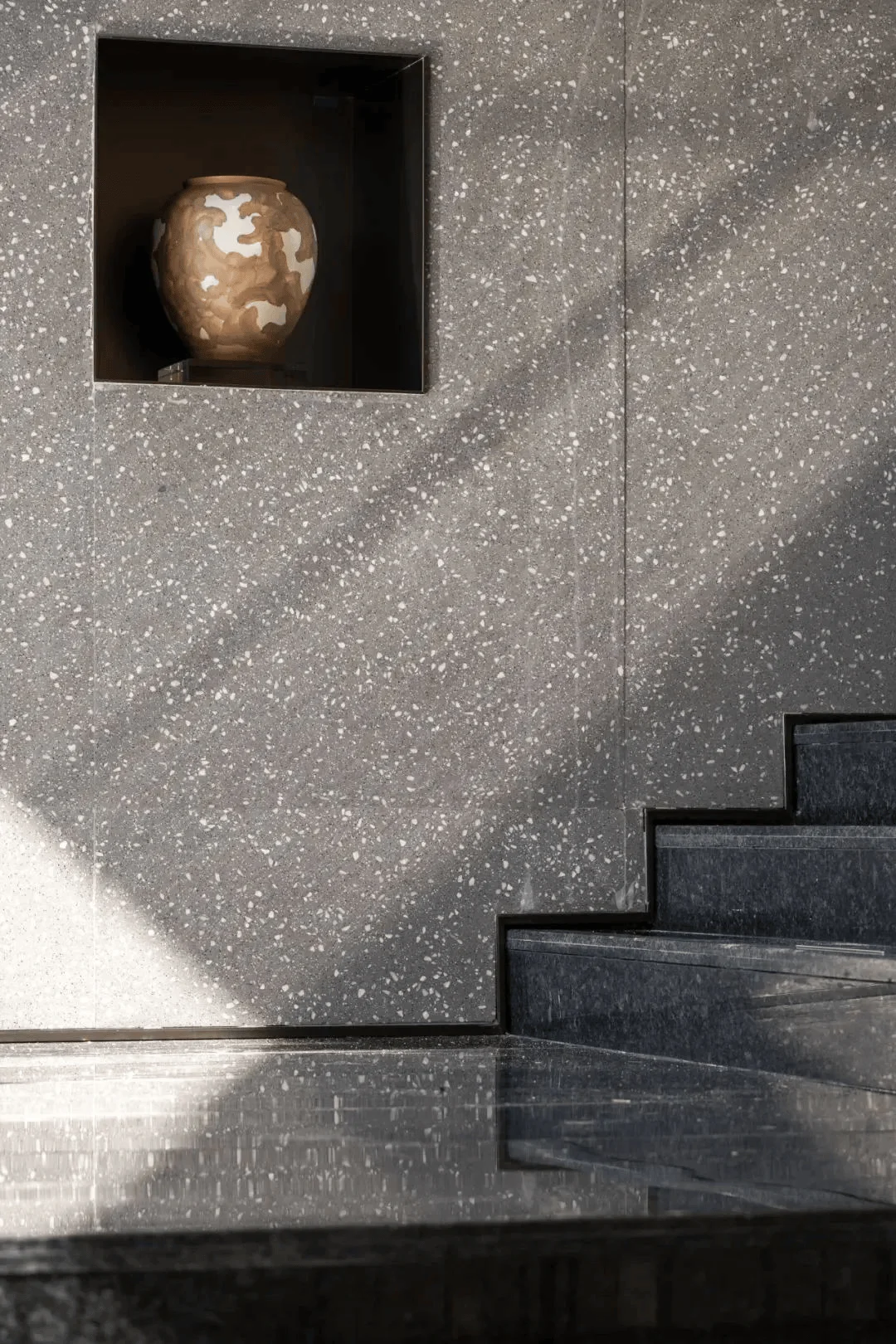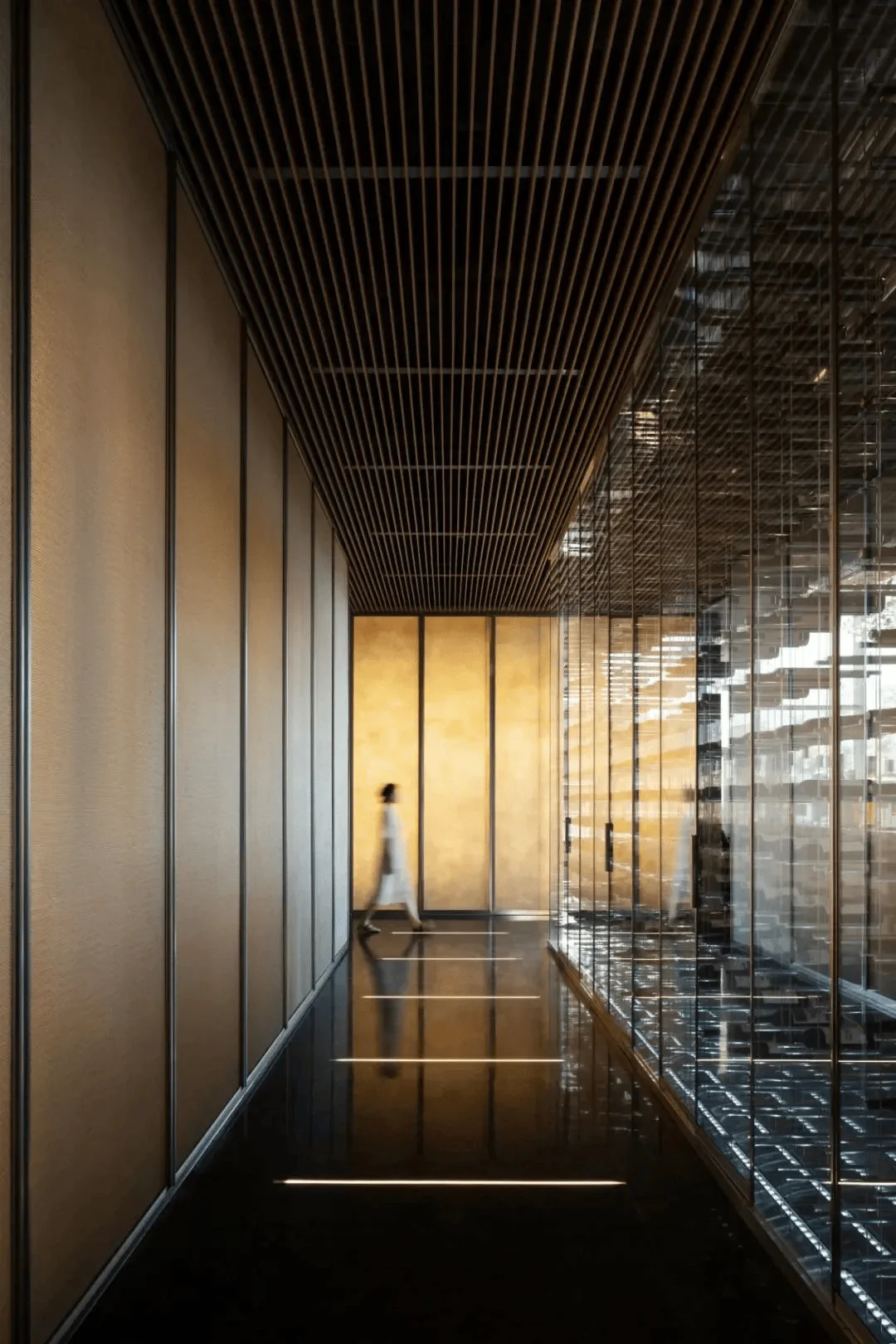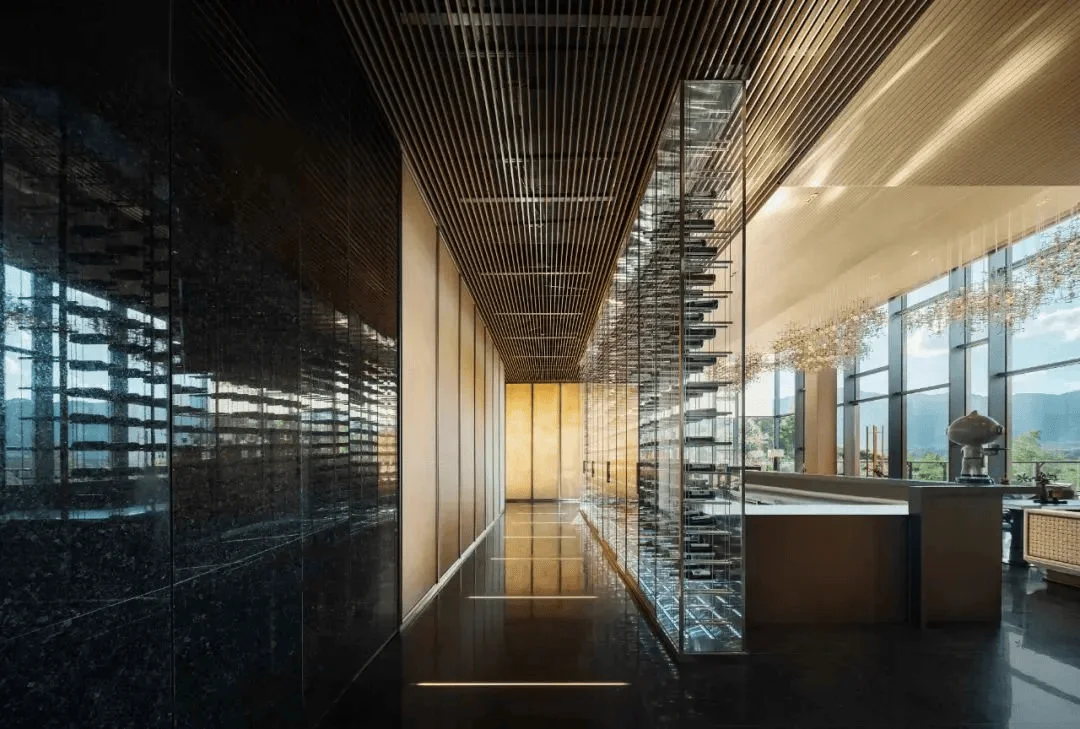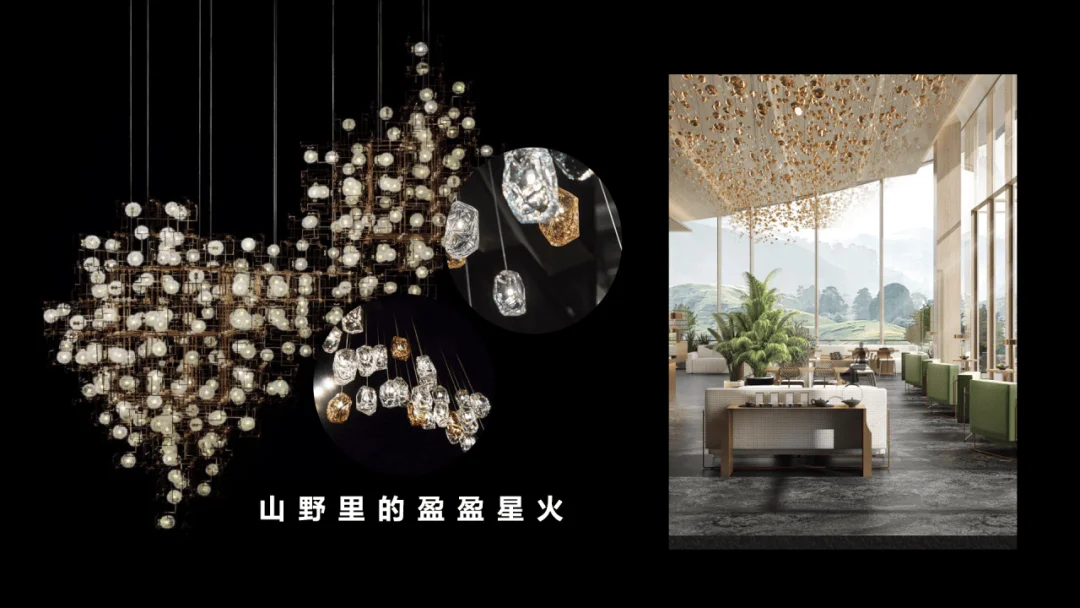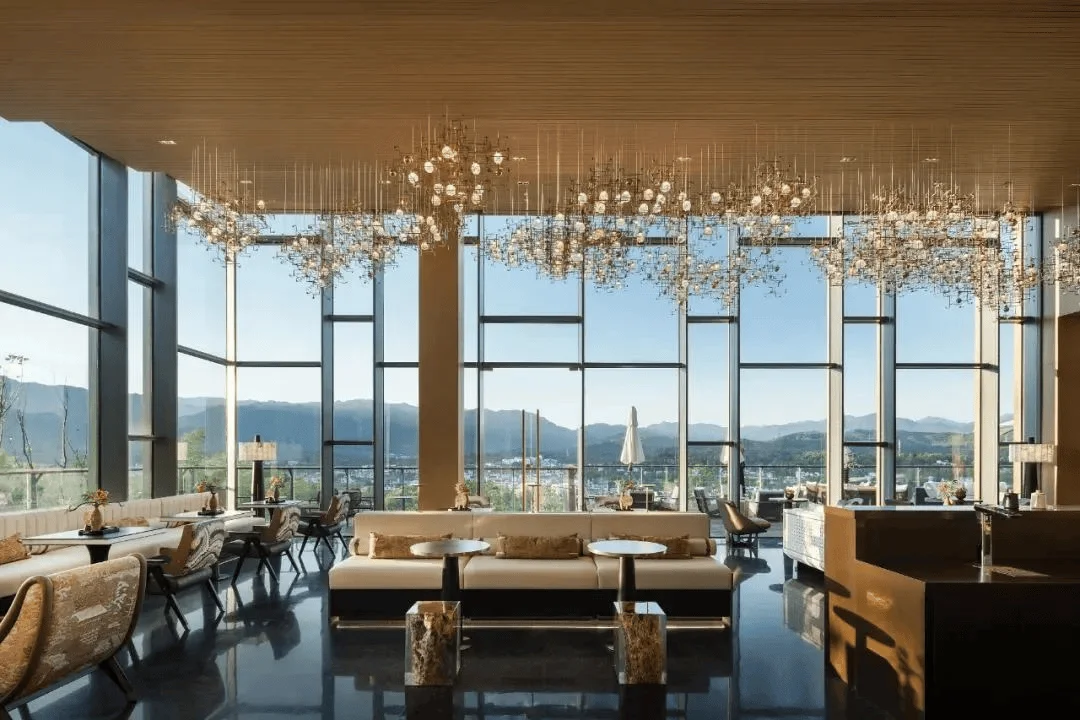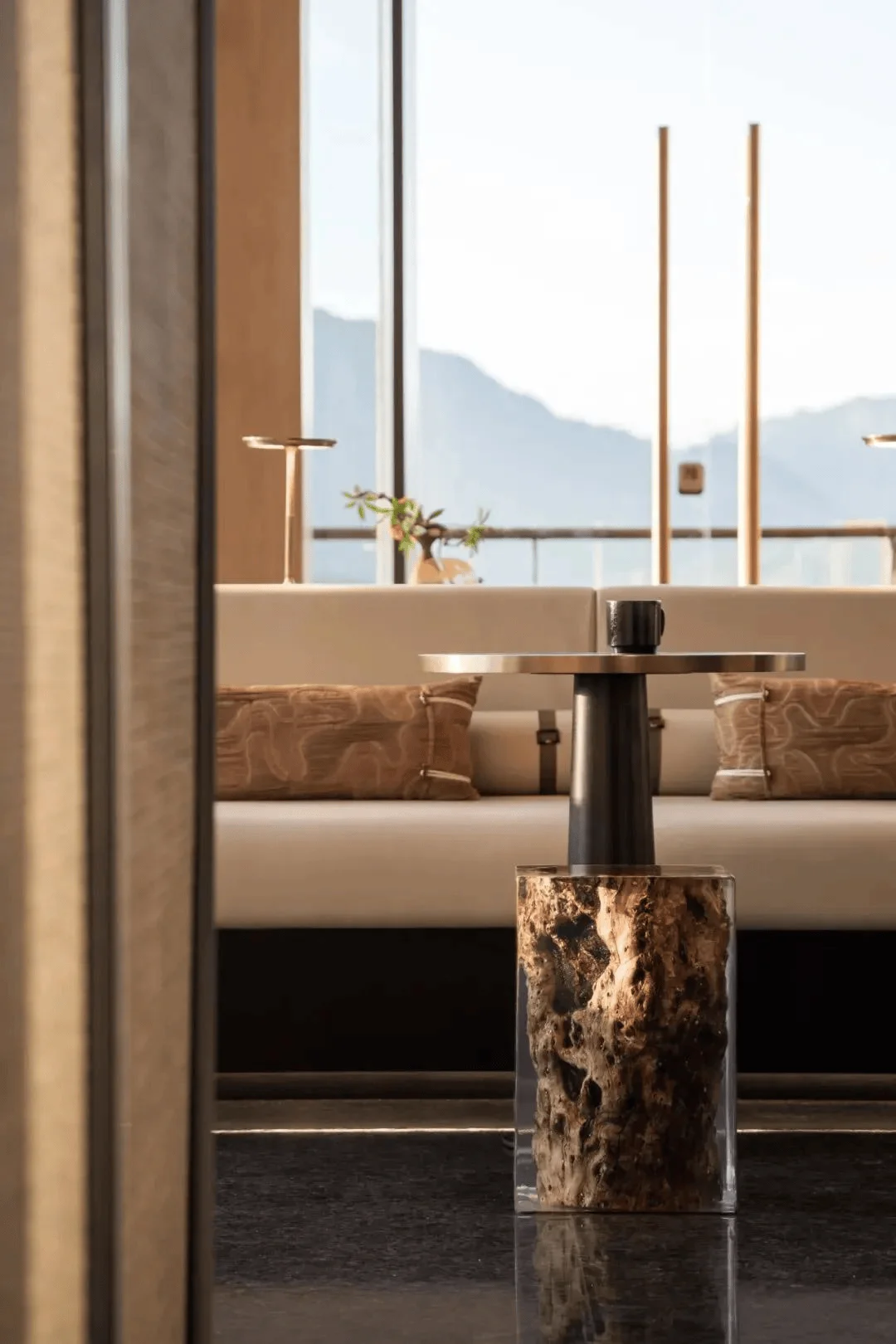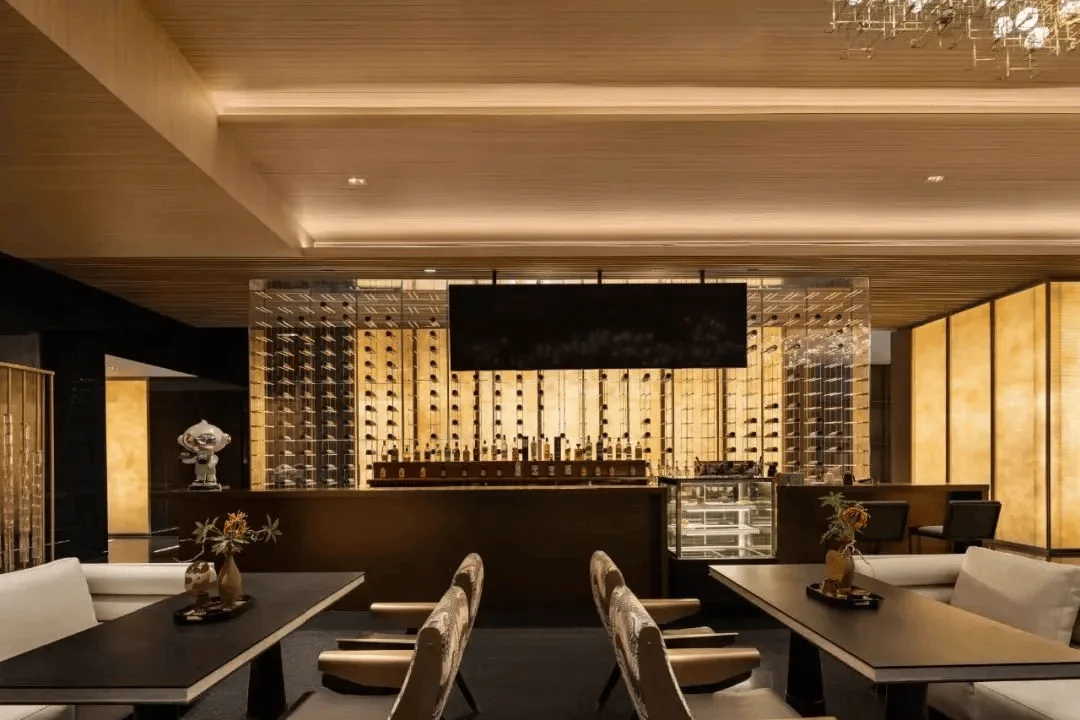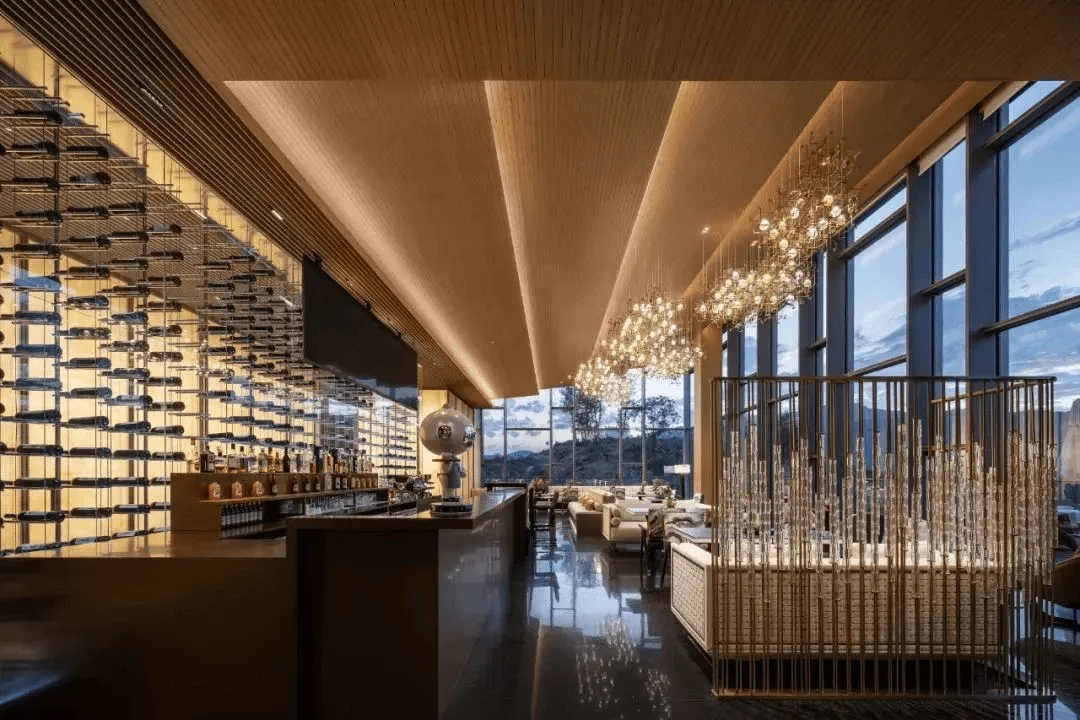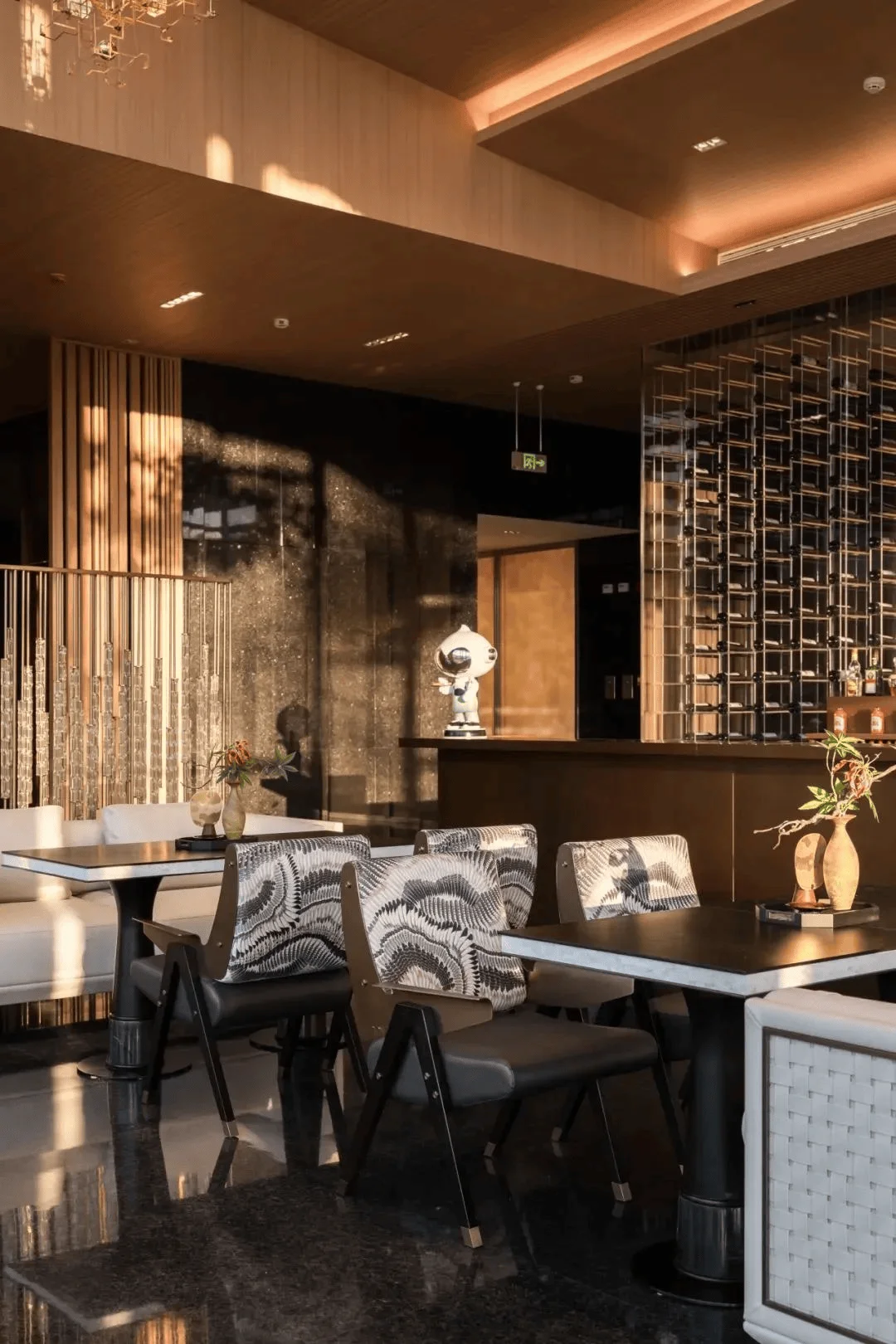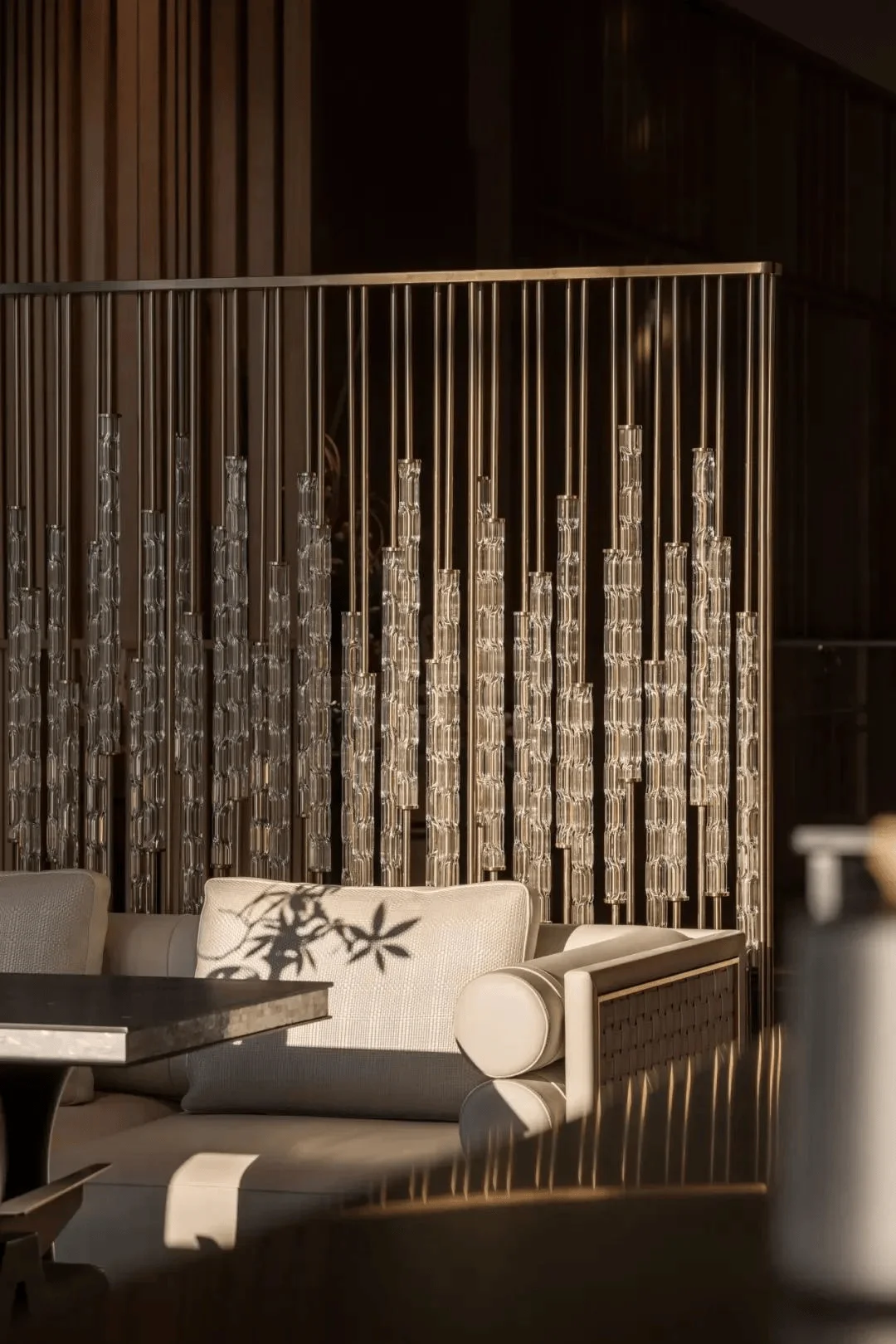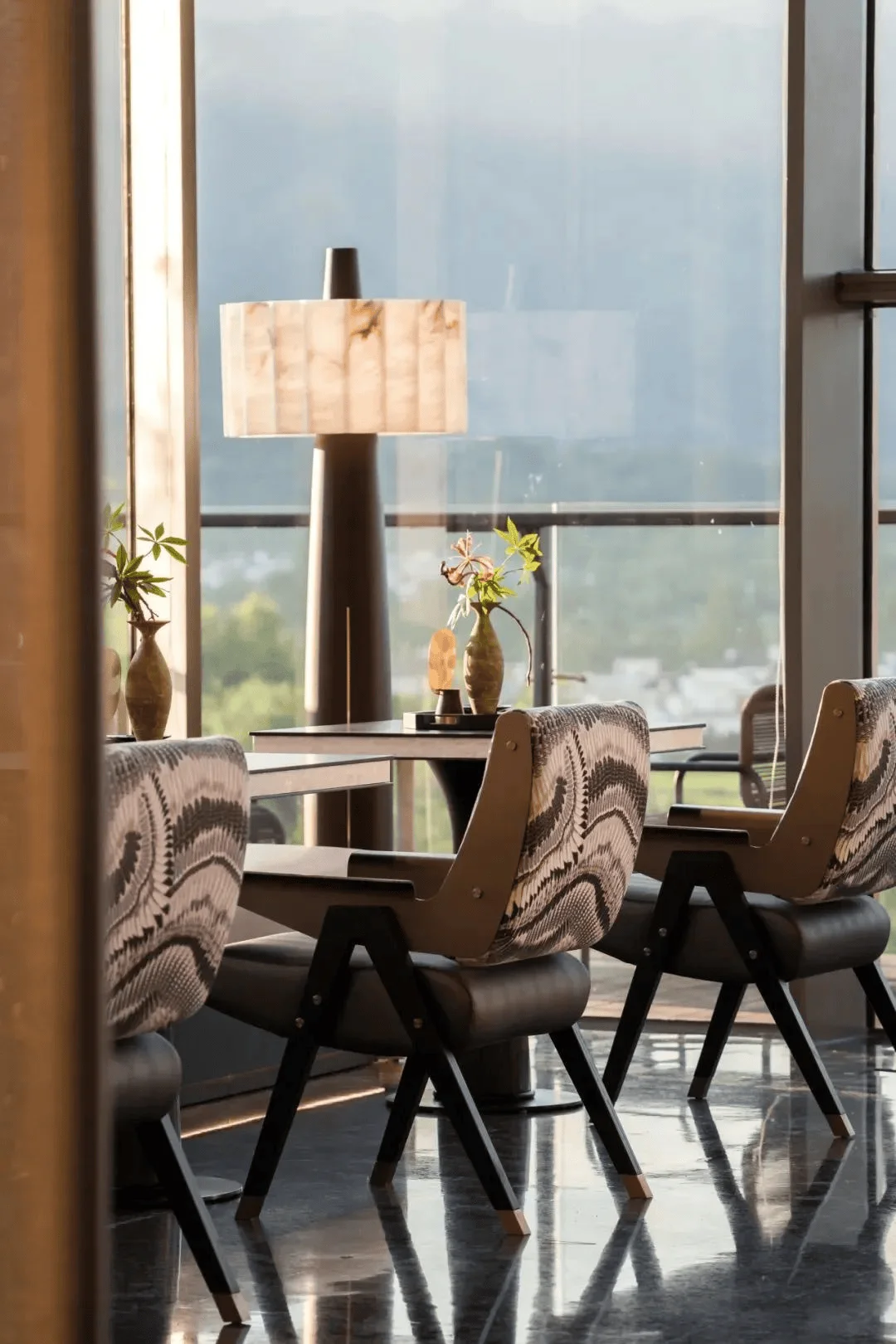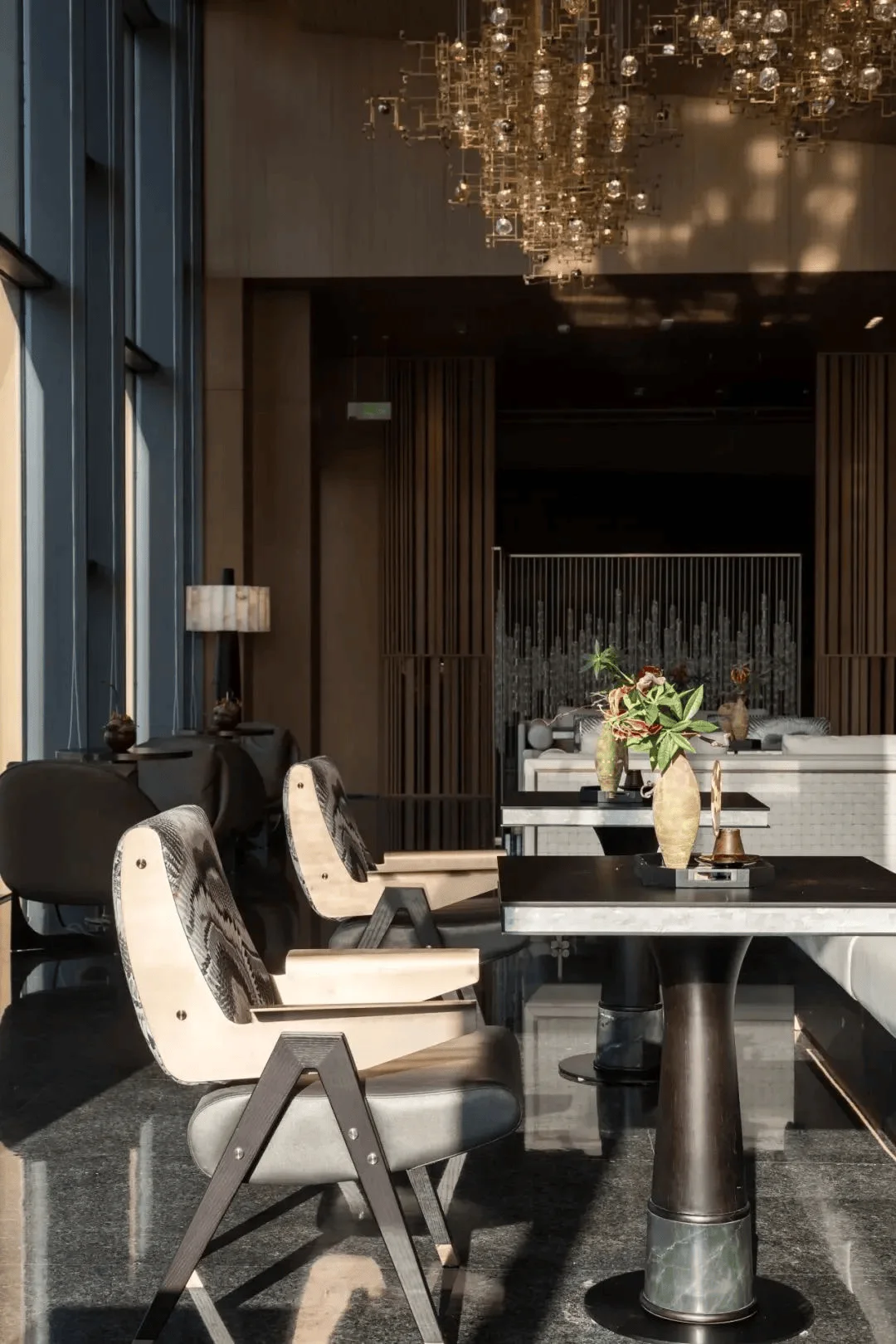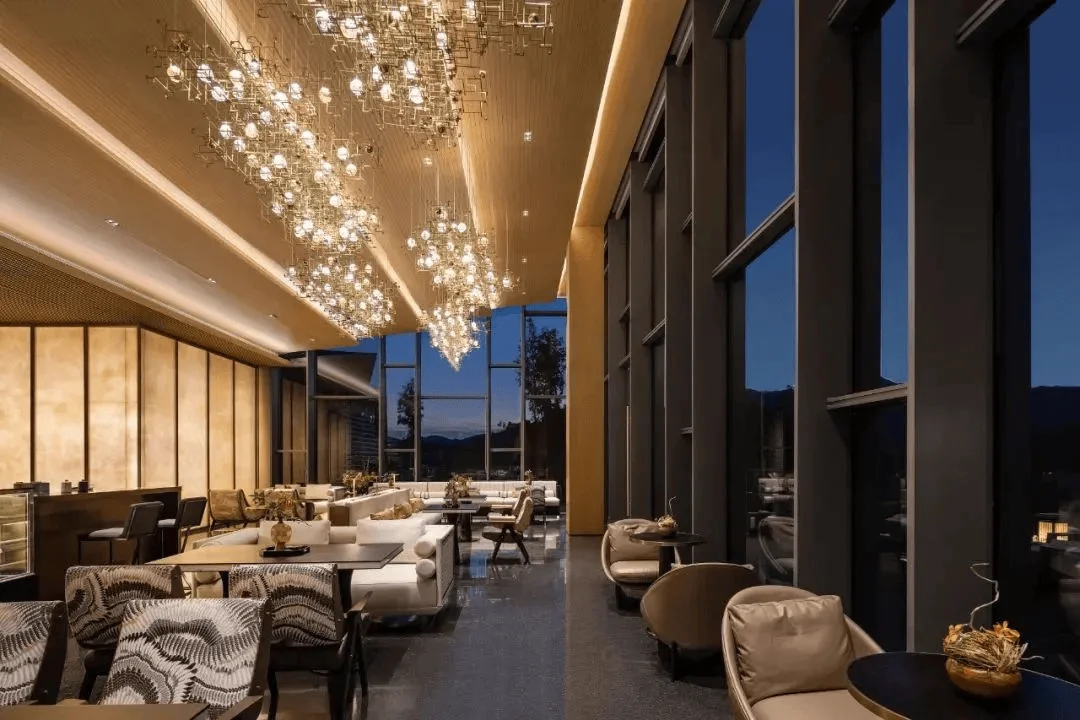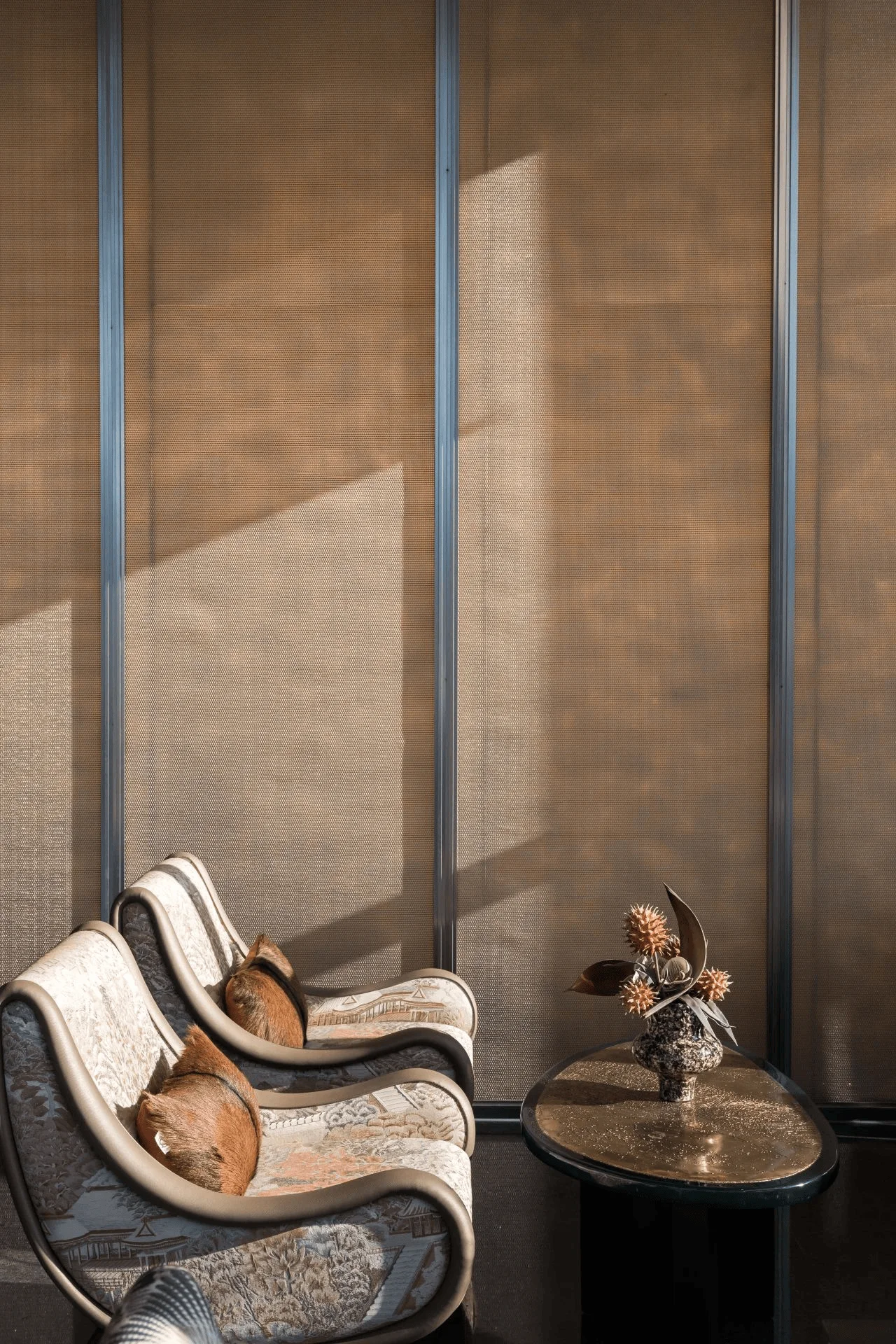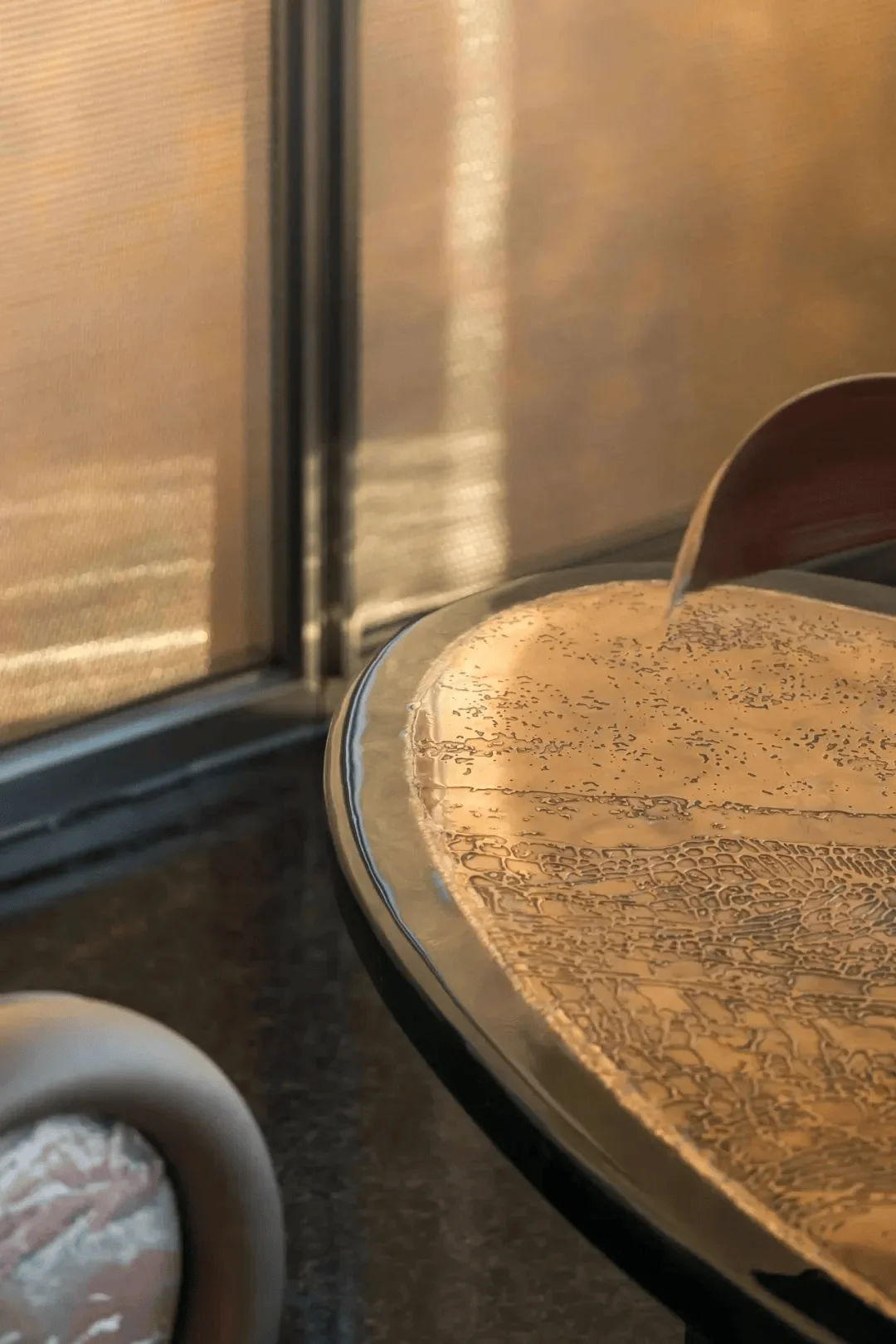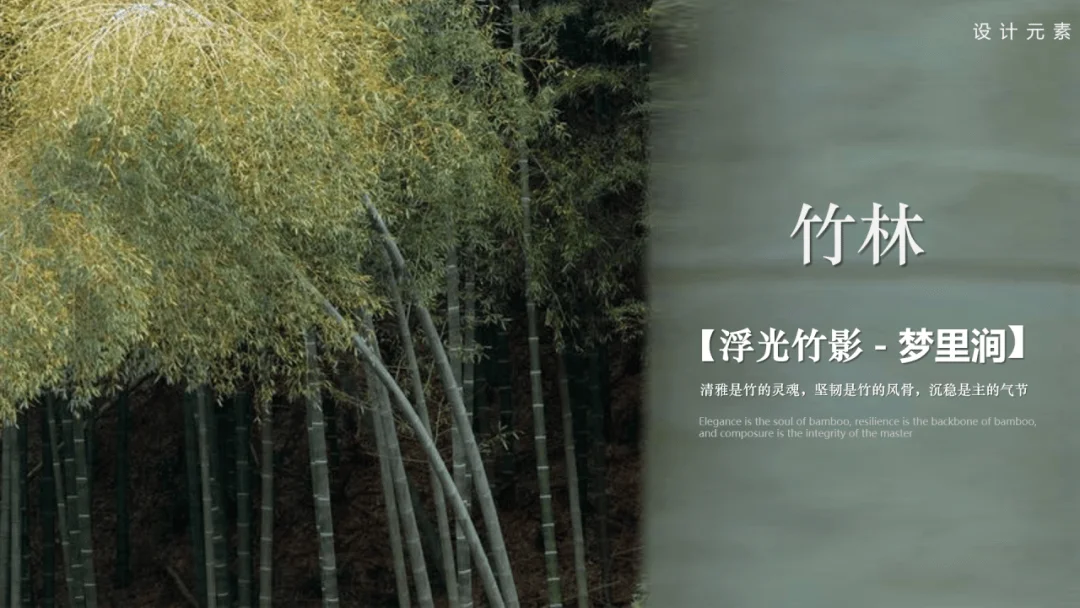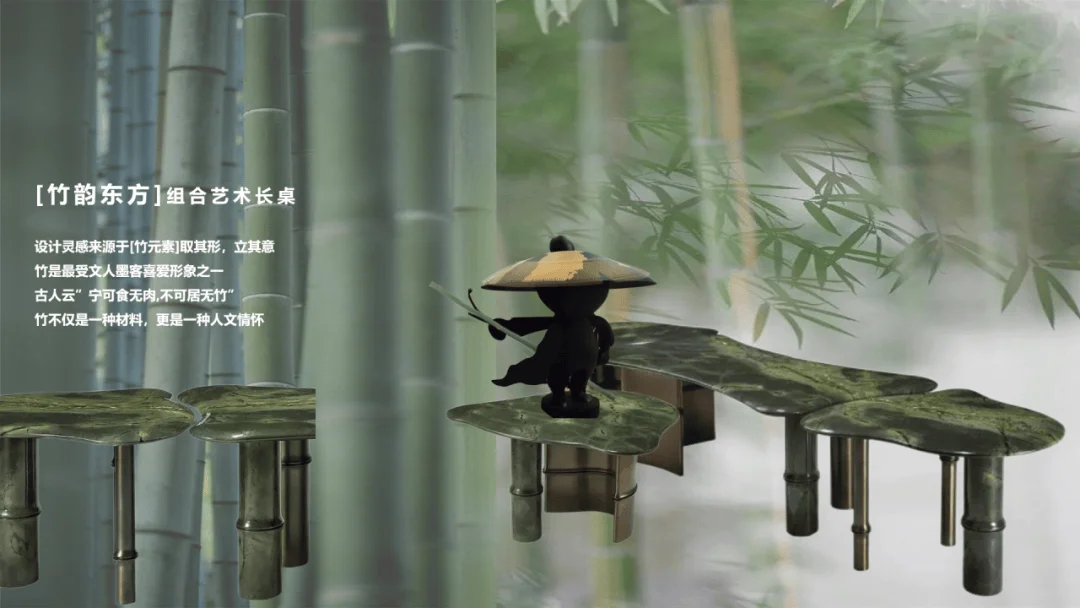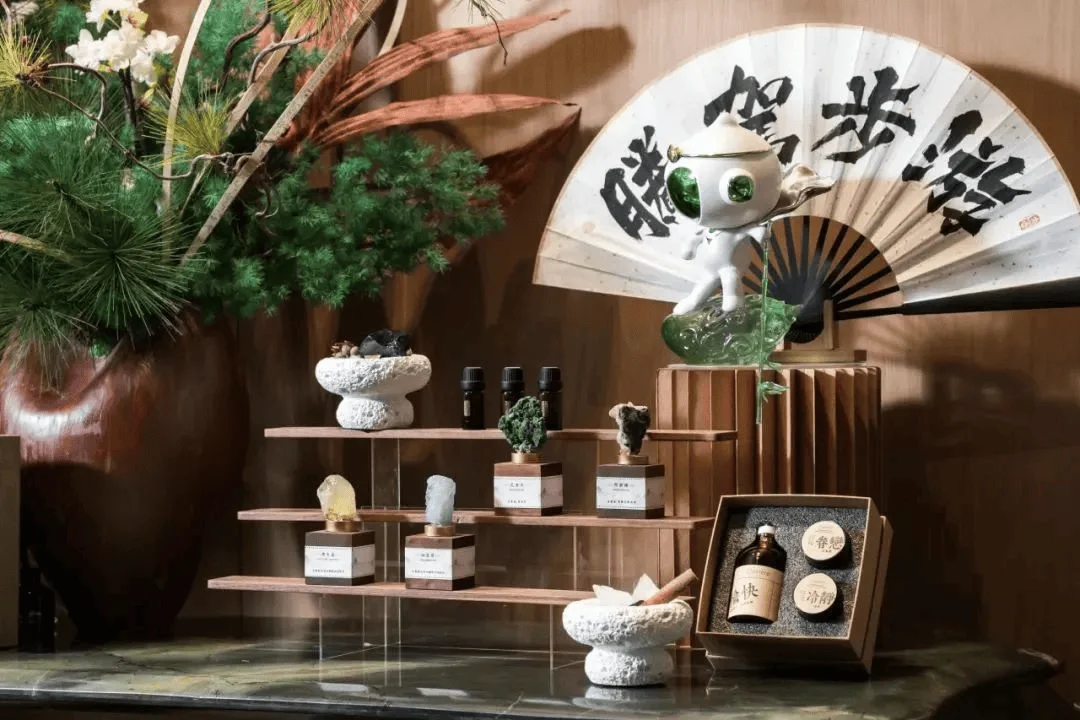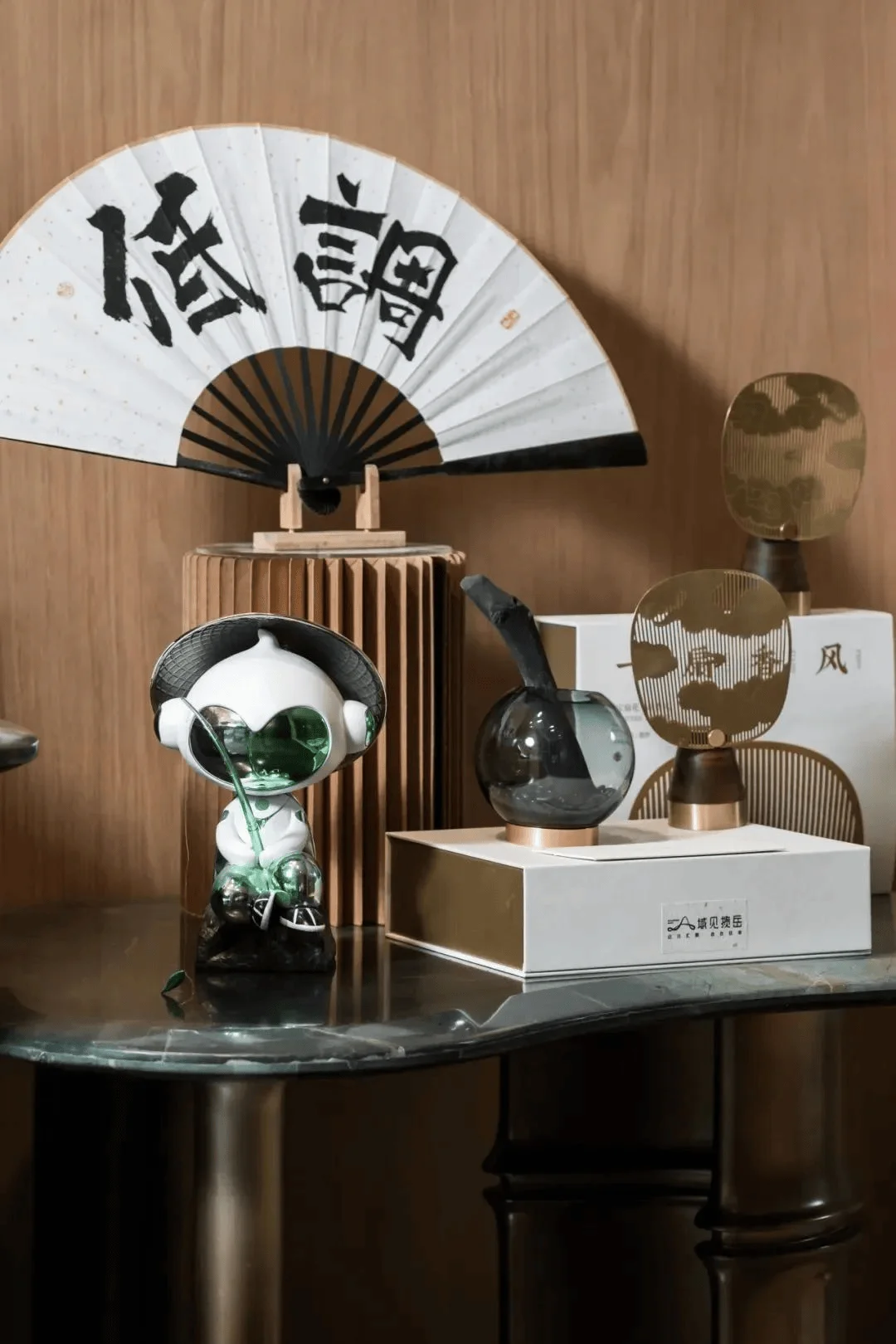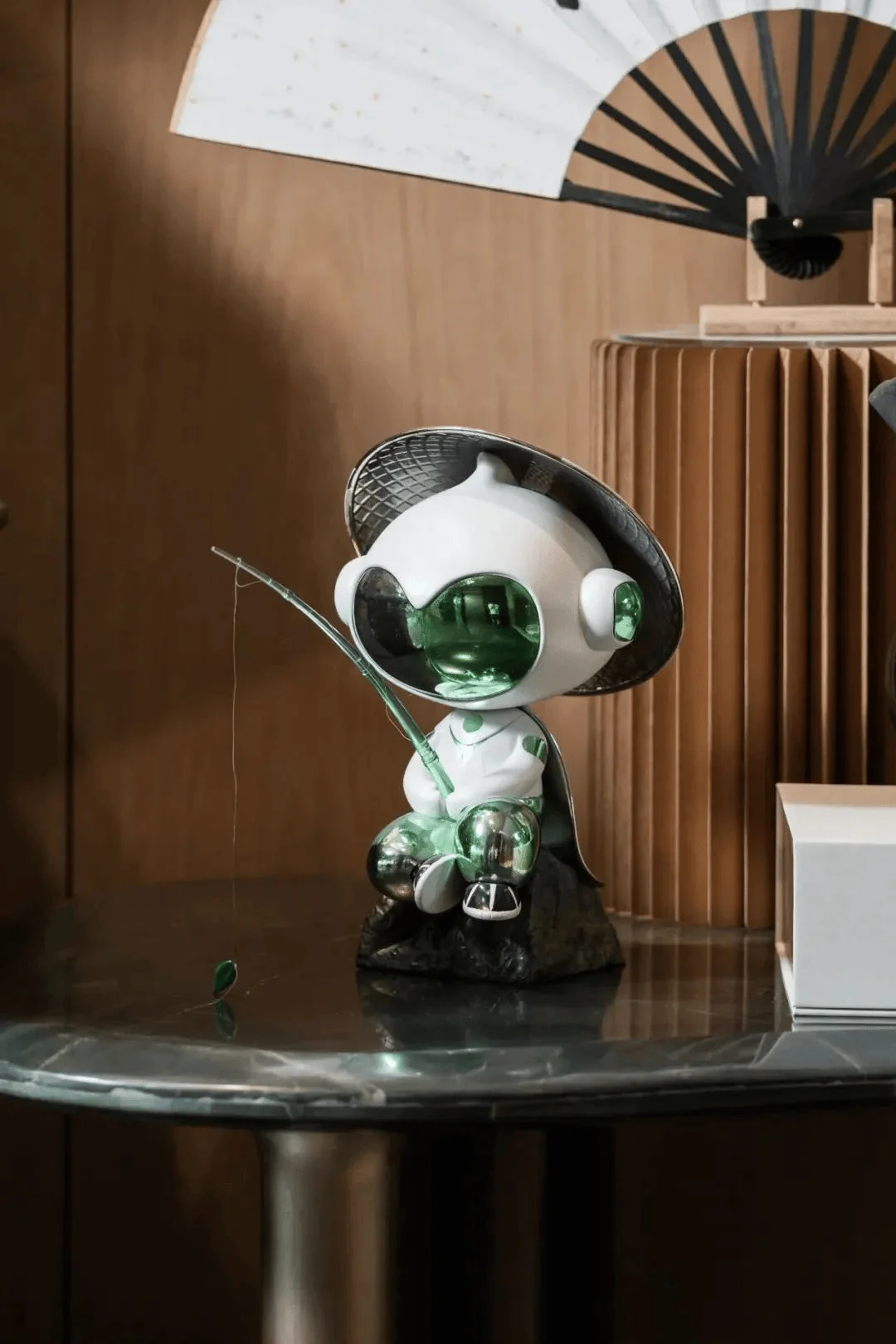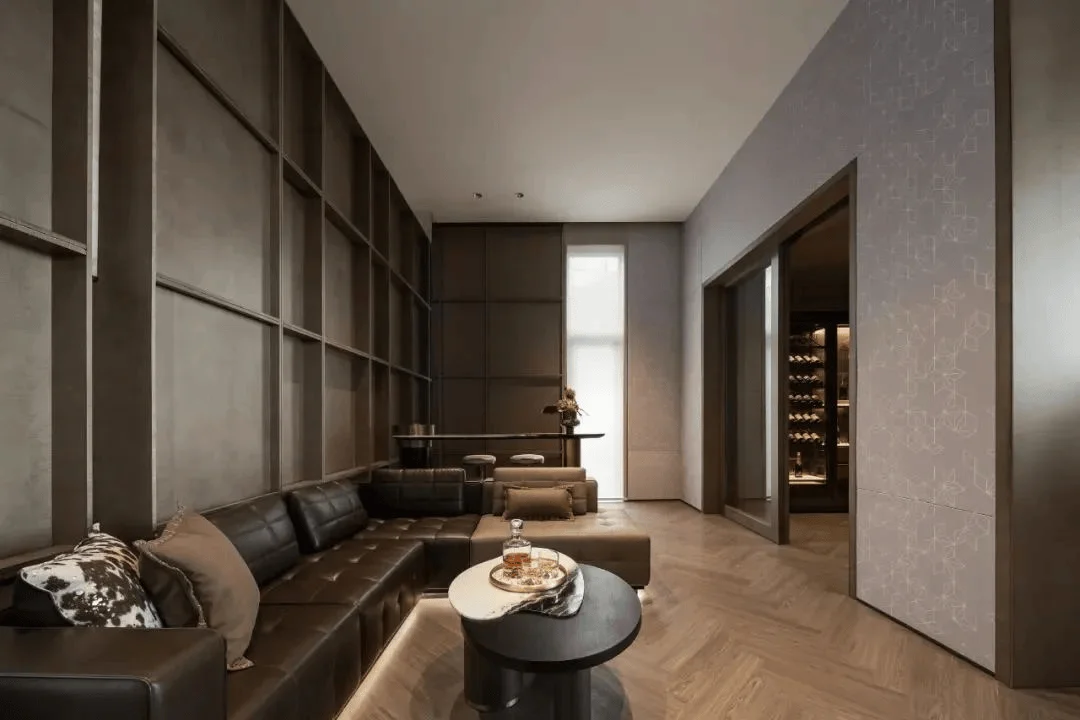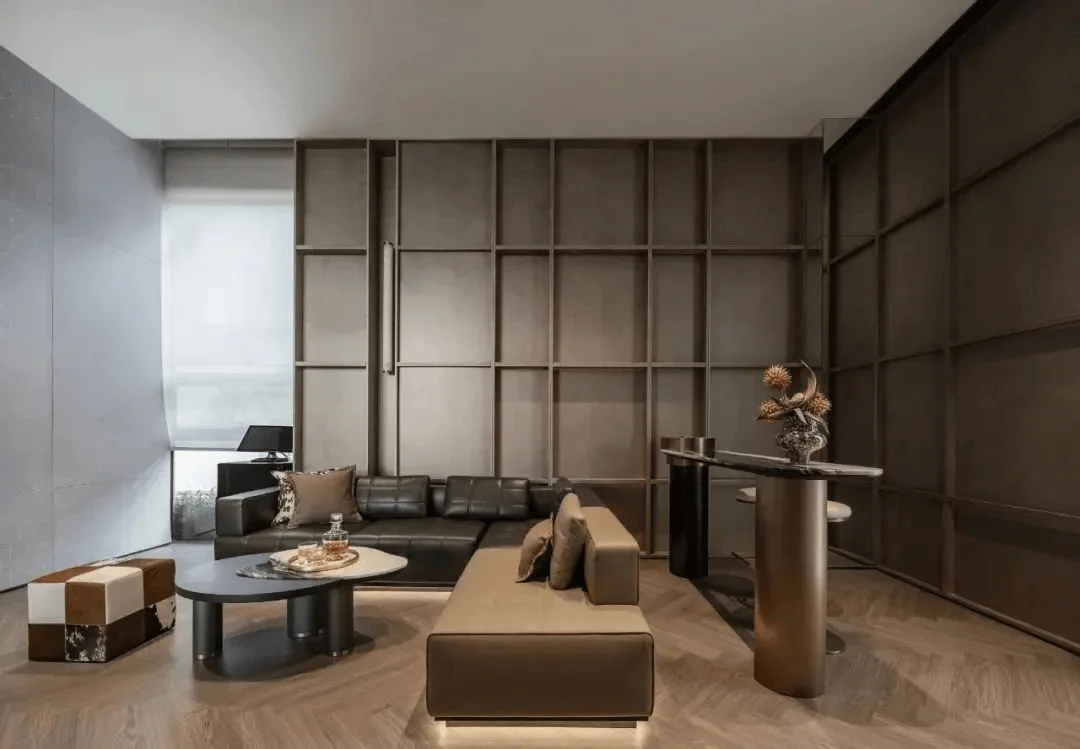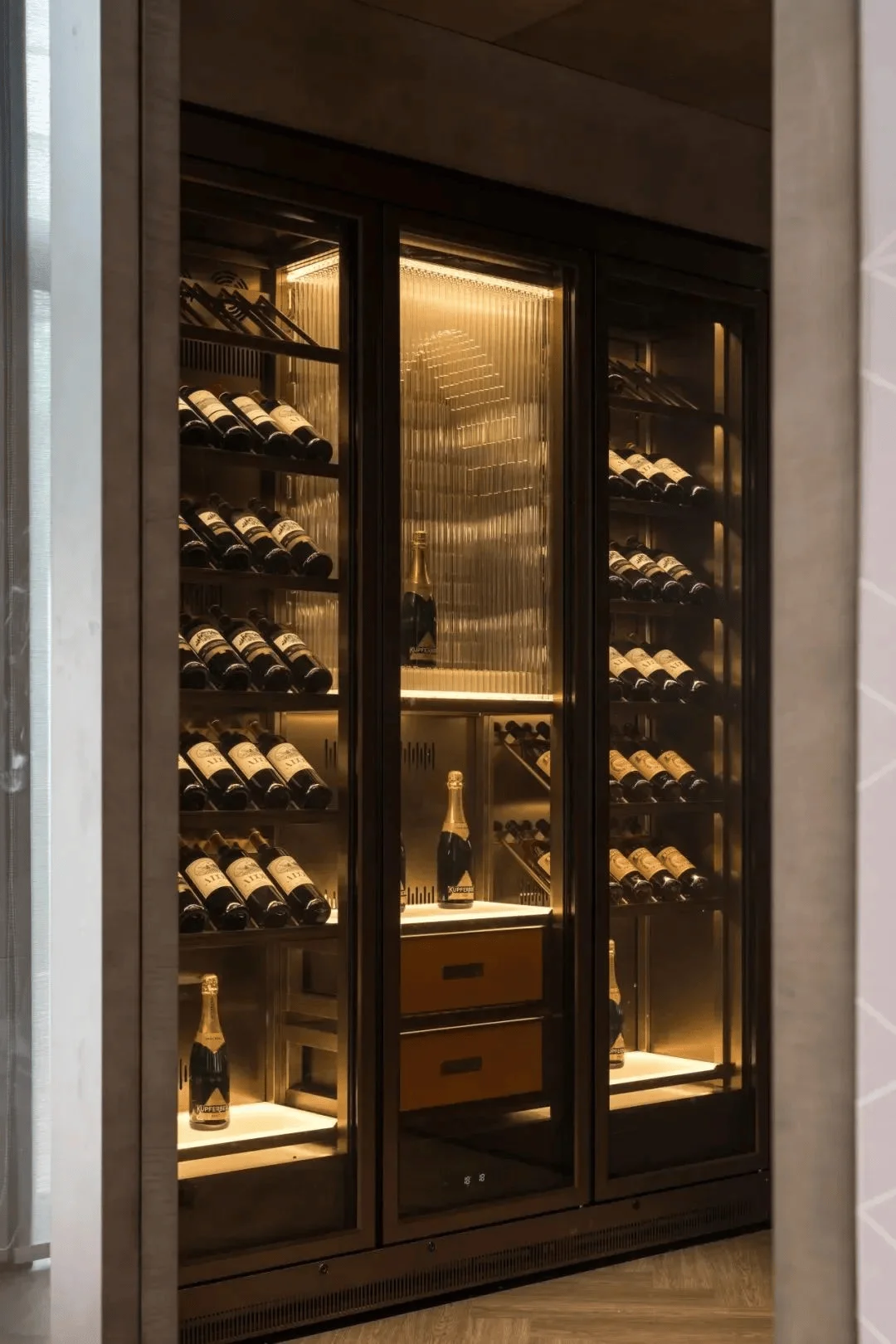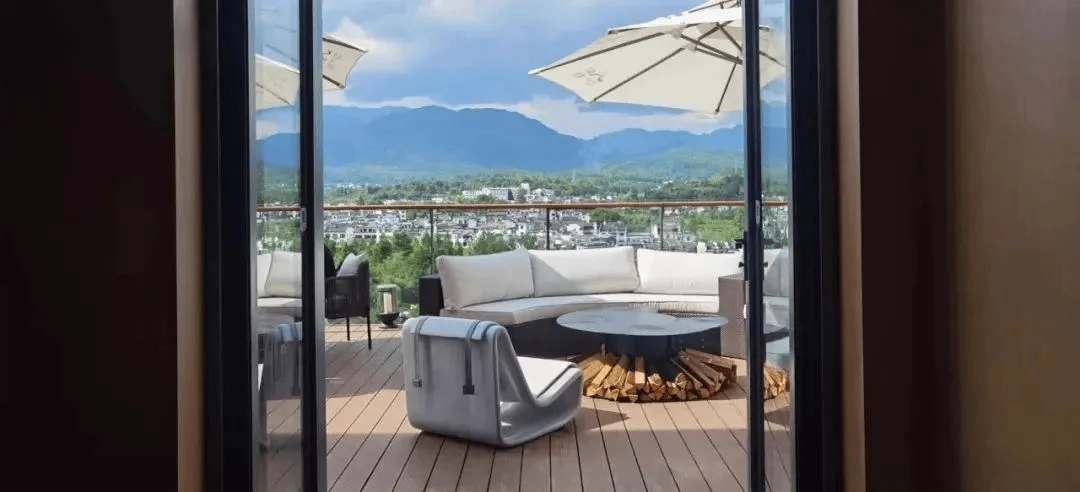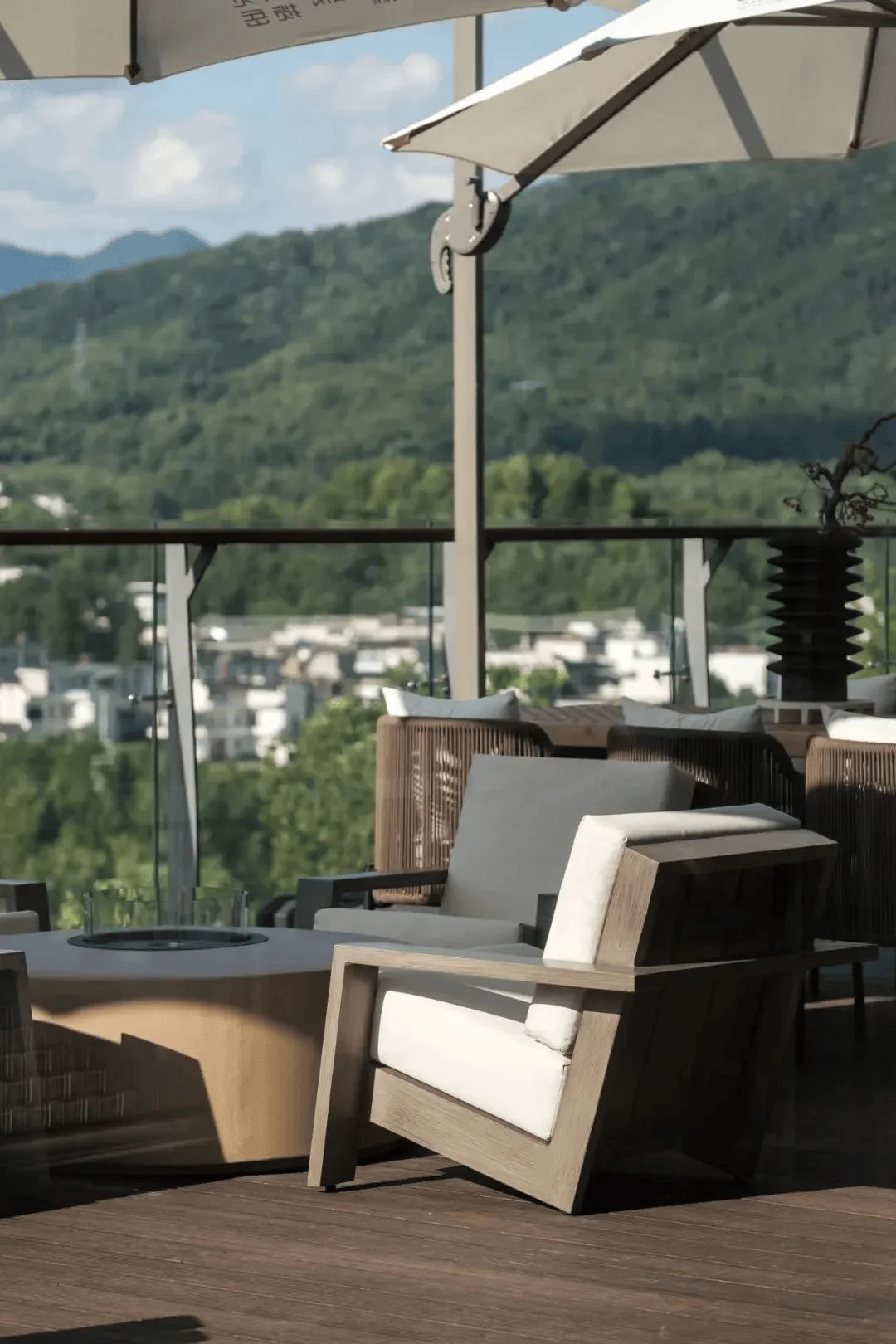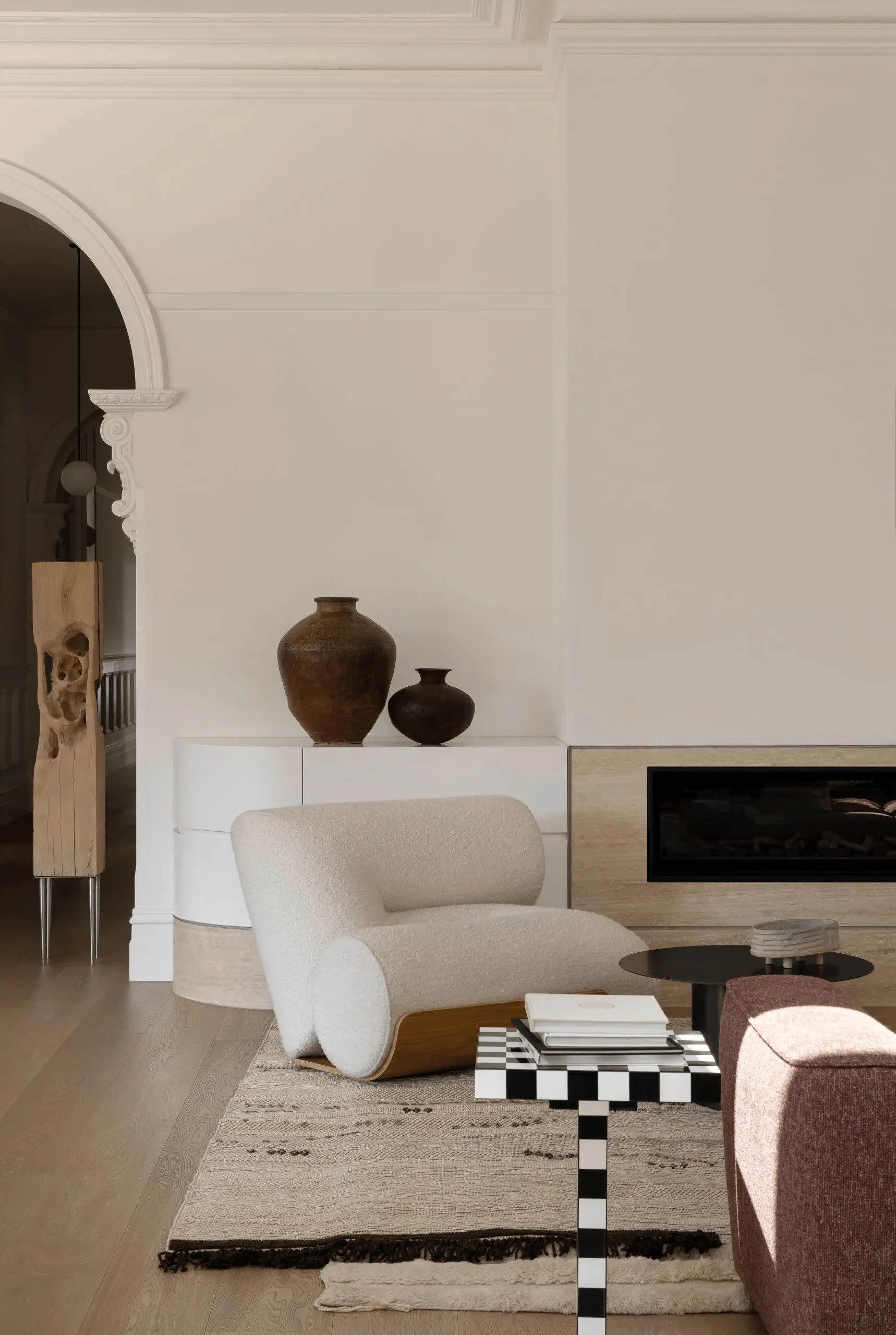Huangshan Yujian Xiuli Resort in China promotes a slow life aesthetic within resort design.
Contents
Project Background and Inspiration
The Huangshan Yujian Xiuli Resort, located in the picturesque Huangshan region of China, aims to capture the essence of a “slow life” experience within a modern resort environment. The design team, led by Beijing Wanjing Bai Nian Interior Design Co., Ltd, embarked on an extensive research process to gain a deeper understanding of the local Huizhou culture and architectural characteristics, including the region’s numerous distinct local homestays and existing tourism businesses. Their goal was to merge the beauty of the Huangshan landscape with resort design principles, allowing guests to immerse themselves in the tranquility and natural beauty of the area. This location in Anhui province, specifically in the Longjiang Village, is near the Huangshan Scenic Area, providing exceptional views and a slower pace of life, making it ideal for the development of a health, wellness, and tourism destination that embraces cultural experiences. With a focus on sustainable tourism, the design fosters a deep connection between the resort and the surrounding environment, promoting a natural and harmonious blend of architecture with the natural world. resort design and huangshan landscape aesthetics
Design Concept & Thematic Narrative
The design concept is strongly rooted in the natural beauty of the Huangshan landscape. A key design feature is the integration of the ‘Teng Xiaoquan’ character, a playful yet sophisticated mascot, whose journey throughout the resort becomes a narrative that guides the visitor through the spaces. This storytelling element infuses the resort with a sense of wonder and discovery, enhancing the overall experience. Each area of the resort is designed to evoke a specific aspect of the Huangshan landscape, which includes its mountains, streams, and abundant vegetation. The design integrates the ‘slow life’ philosophy, encouraging visitors to unwind and reconnect with nature. The design team chose an elegant color palette of natural browns and soft beige tones throughout the resort, with subtle hints of greenery and accents of natural stones, creating a warm and calming ambiance that embodies peace and tranquility. The resort design integrates diverse spatial environments that enhance the overall journey through the resort. resort design and huangshan landscape aesthetics
Spatial Layout & Functionality
The resort’s design has been meticulously planned to seamlessly blend functionality with the natural environment. The design concept uses the ‘Teng Xiaoquan’ character’s exploration of the surrounding areas as the central theme. It begins with the entrance to the resort, where the character is portrayed in the midst of a magnificent mountain scene, created using metallic installations that depict the bamboo paths and mountain views of Huangshan. The lobby’s expansive design is balanced by a sense of quietude, creating a space that is both majestic and relaxing. The long, winding corridors act as viewing galleries that highlight the surrounding landscapes, providing a feeling of being immersed in the beauty of the natural world. These corridors lead to the Sand Table Area, a space that features intricate geometric lines that echo the rolling hills and misty clouds of the mountains. In the restaurant, the natural beauty of the Huangshan area is incorporated by using the views of the forests and sky as a backdrop, creating an atmosphere of effortless leisure. The furniture and décor of this area reinforce the ‘slow life’ concept, with thoughtfully placed seating arrangements and accents like mother-of-pearl table tops that contribute to a refined and calming atmosphere. resort design and huangshan landscape aesthetics
Aesthetic Features & Design Elements
The design incorporates natural materials and textures throughout the resort to evoke a sense of the Huangshan landscape. The use of large, naturally sourced stones, painstakingly crafted and placed throughout the building and exterior areas, plays a vital role in integrating the raw beauty of nature into the resort’s design. These stone elements provide a focal point for the interiors, blending seamlessly with the overall aesthetic. The design also incorporates bamboo as a core element, a subtle nod to the abundance of bamboo forests found in the Huangshan region. Bamboo features in unique furniture pieces, transparent screens, and decorative accents. A custom-designed chandelier featuring shimmering lights evokes the starry nights and a sense of wonder in the dining area, echoing the magic of the mountains and the sky. The design has thoughtfully integrated lighting elements that enhance the overall atmosphere. The lights, both natural and artificial, contribute to a soothing and relaxing environment throughout the resort. resort design and huangshan landscape aesthetics
Outdoor Spaces and Amenities
The resort is designed with a strong emphasis on the outdoors, offering guests various opportunities to connect with the natural beauty of the Huangshan landscape. The outdoor terrace space is a particular highlight, with panoramic views of the surrounding mountains. Guests can relax and unwind in this area, enjoying the scenery, possibly with a refreshing cocktail, while surrounded by a comfortable and inviting atmosphere. This outdoor space seamlessly transitions from the indoor design, complementing the ‘slow life’ theme and fostering a strong connection between the interior and exterior. This area offers a secluded and serene spot, perfect for savoring the beautiful scenery and experiencing a slower pace of life. resort design and huangshan landscape aesthetics
Art and Cultural Integration
The design seamlessly integrates art and culture into the resort experience. The playful mascot, Teng Xiaoquan, embodies the spirit of exploration and wanderlust. Through various artwork, sculpture, and decorative elements, the mascot becomes a visual storytelling device, making the experience more unique and memorable. Original artworks, creative folding fans, and aromatic diffusers in unusual forms add artistic elements to various spaces, particularly the creative studio area. The design team employed various artistic and sculptural techniques to subtly connect the Huangshan landscape with the interior aesthetic. The use of natural materials, artwork inspired by the Huangshan landscape, and decorative elements creates a harmonious and unified artistic experience. resort design and huangshan landscape aesthetics
Conclusion
The Huangshan Yujian Xiuli Resort is a beautiful illustration of a successful collaboration between a strong design vision, and an understanding of the rich cultural and geographical surroundings. The design team has effectively captured the essence of “slow living” in a modern resort context, encouraging visitors to embrace a slower pace of life and unwind in an atmosphere of harmony. The resort’s design successfully integrates elements of modern and traditional aesthetic sensibilities, fostering a unique experience for guests. The resort’s design serves as a testament to the power of incorporating nature and cultural influences to create exceptional spaces. The Huangshan Yujian Xiuli Resort sets a new benchmark for resort design in China. resort design and huangshan landscape aesthetics
Project Information:
Project Type: Resort
Architect: Beijing Wanjing Bai Nian Interior Design Co., Ltd
Area: Not specified
Year: 2024
Country: China
Main Materials: Stone, Wood, Metal, Glass
Photographer: LLAP


